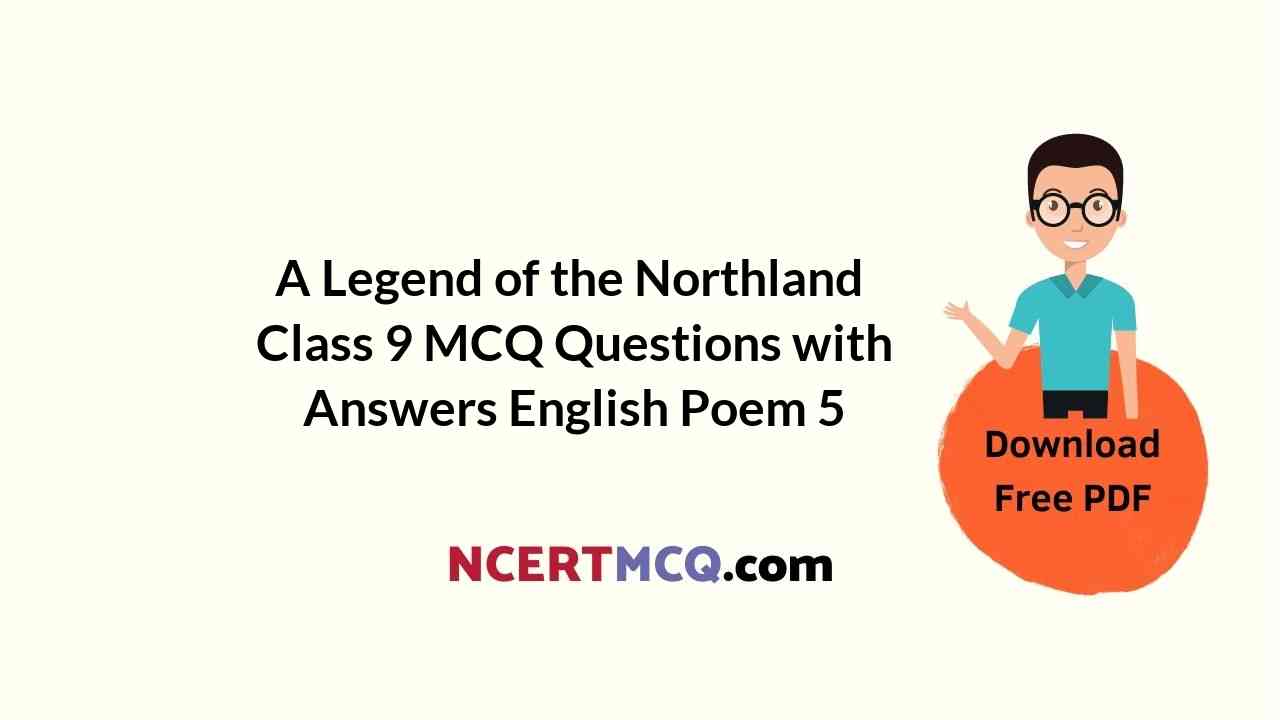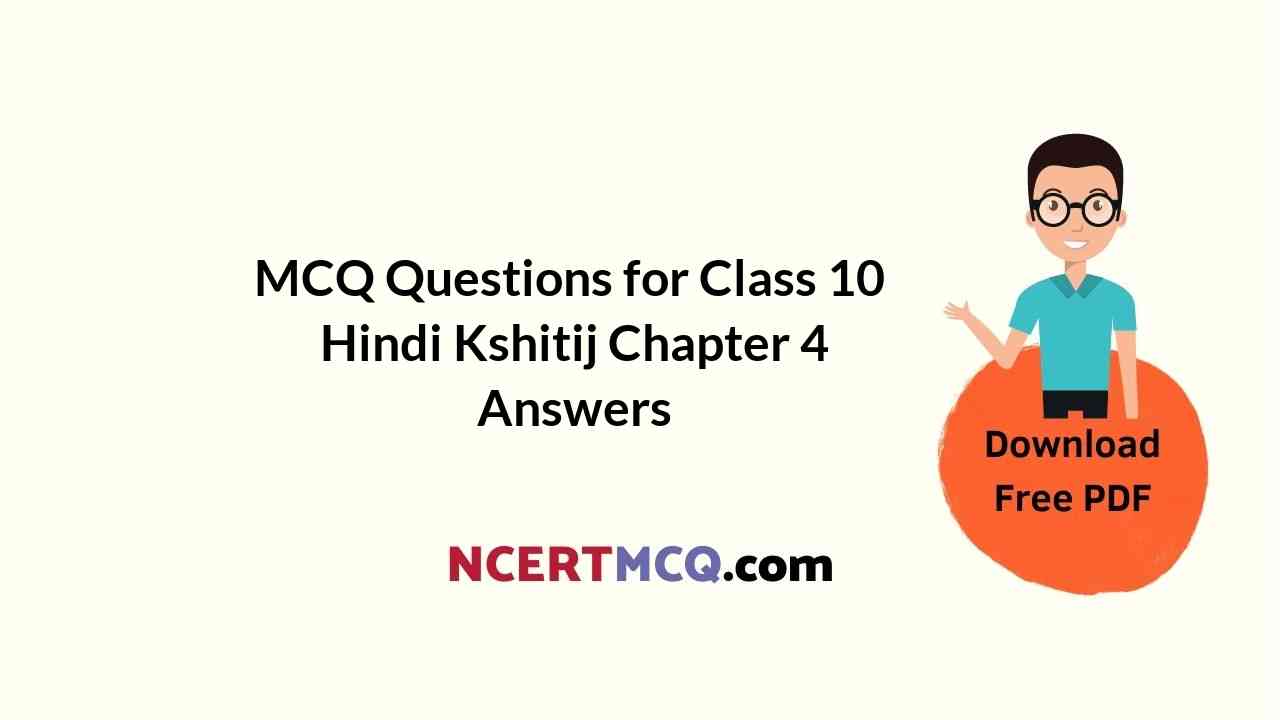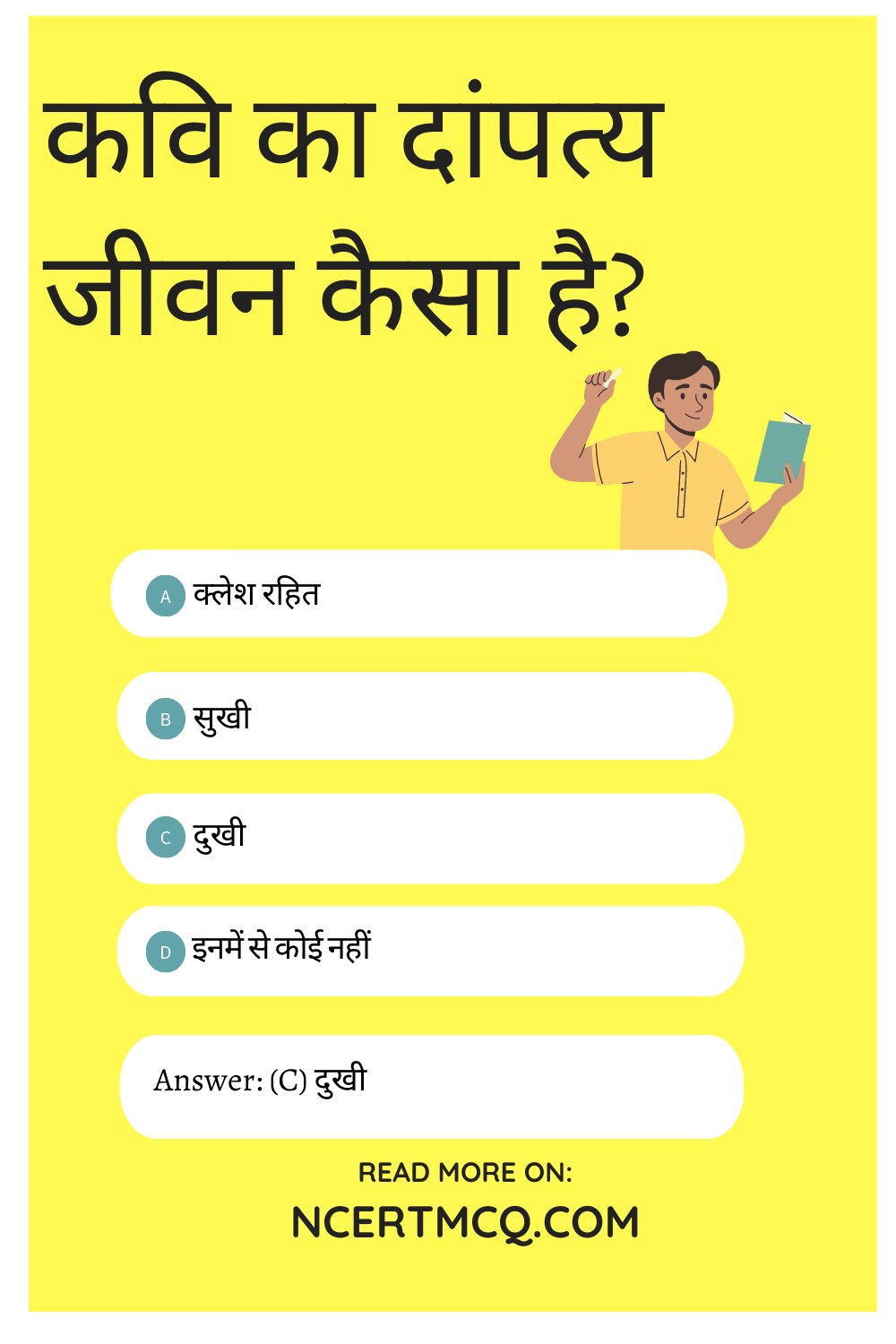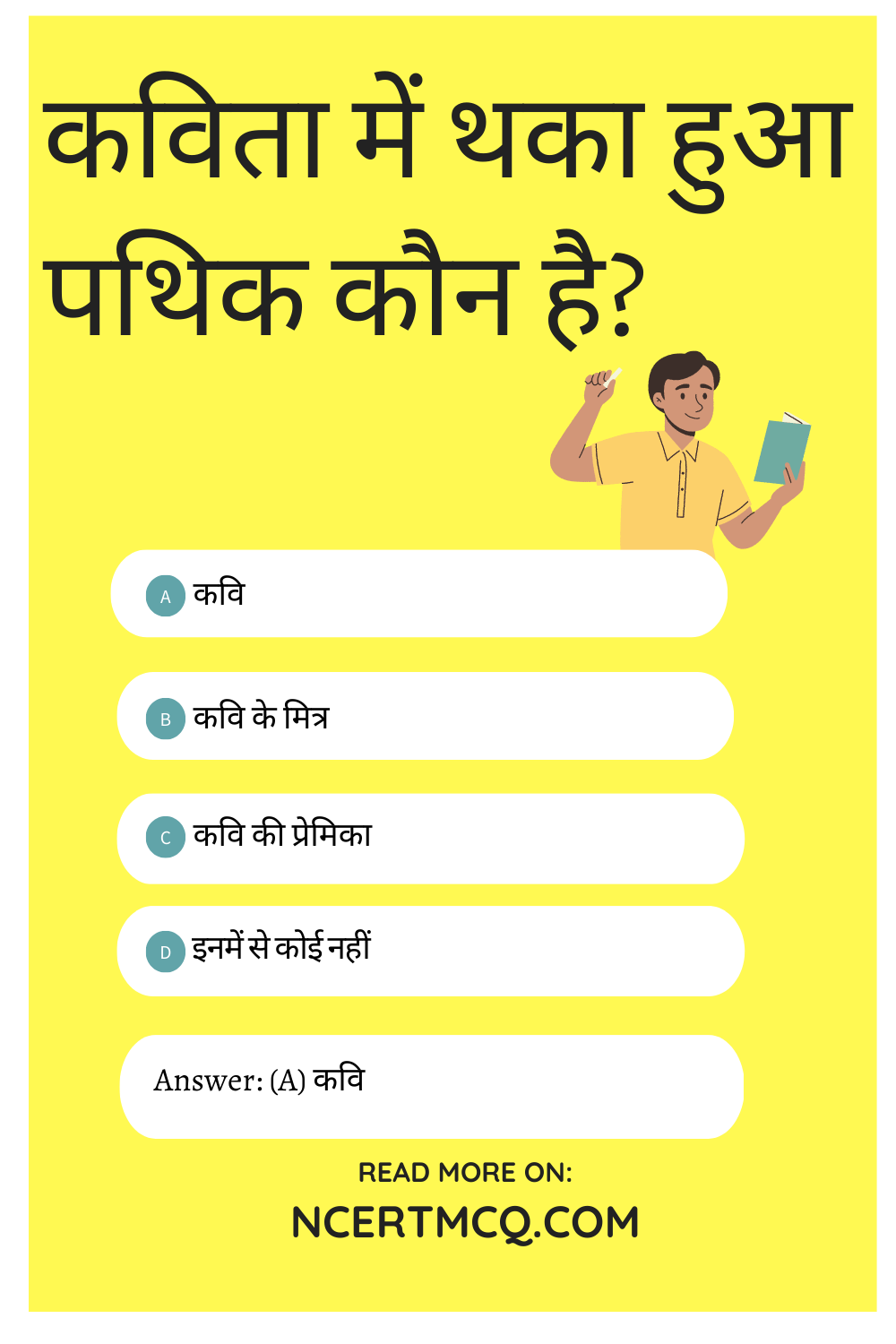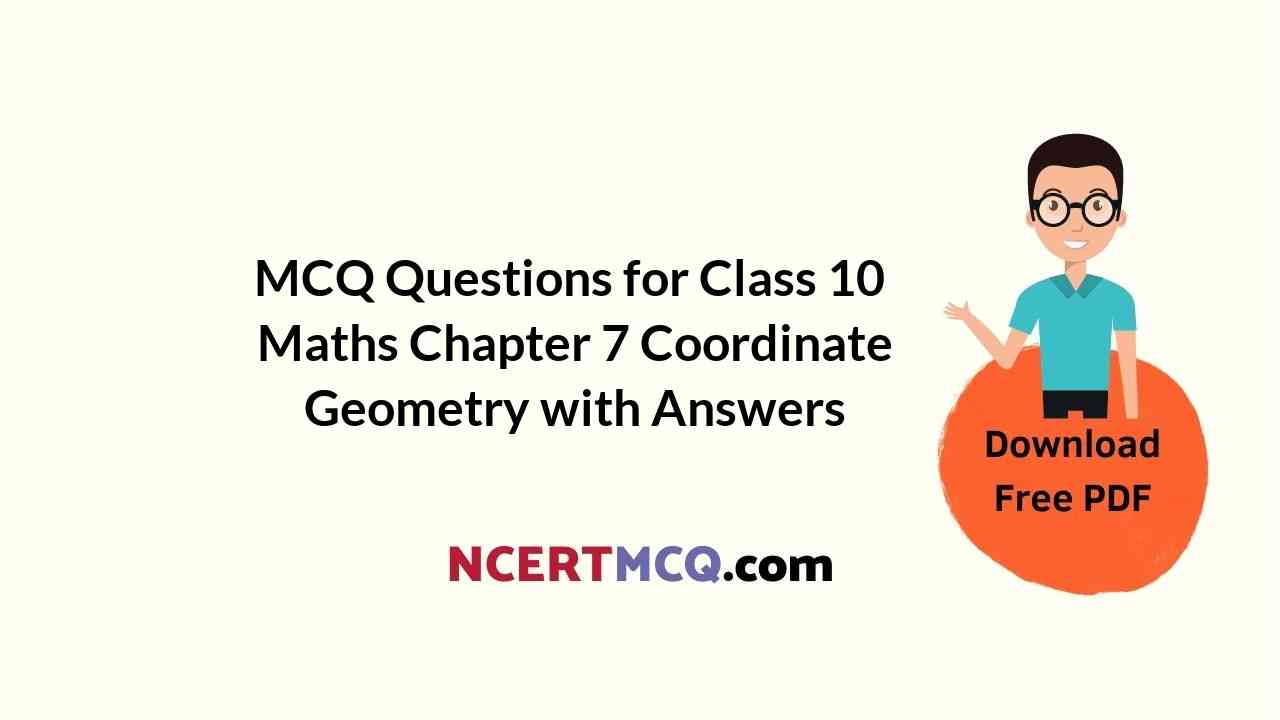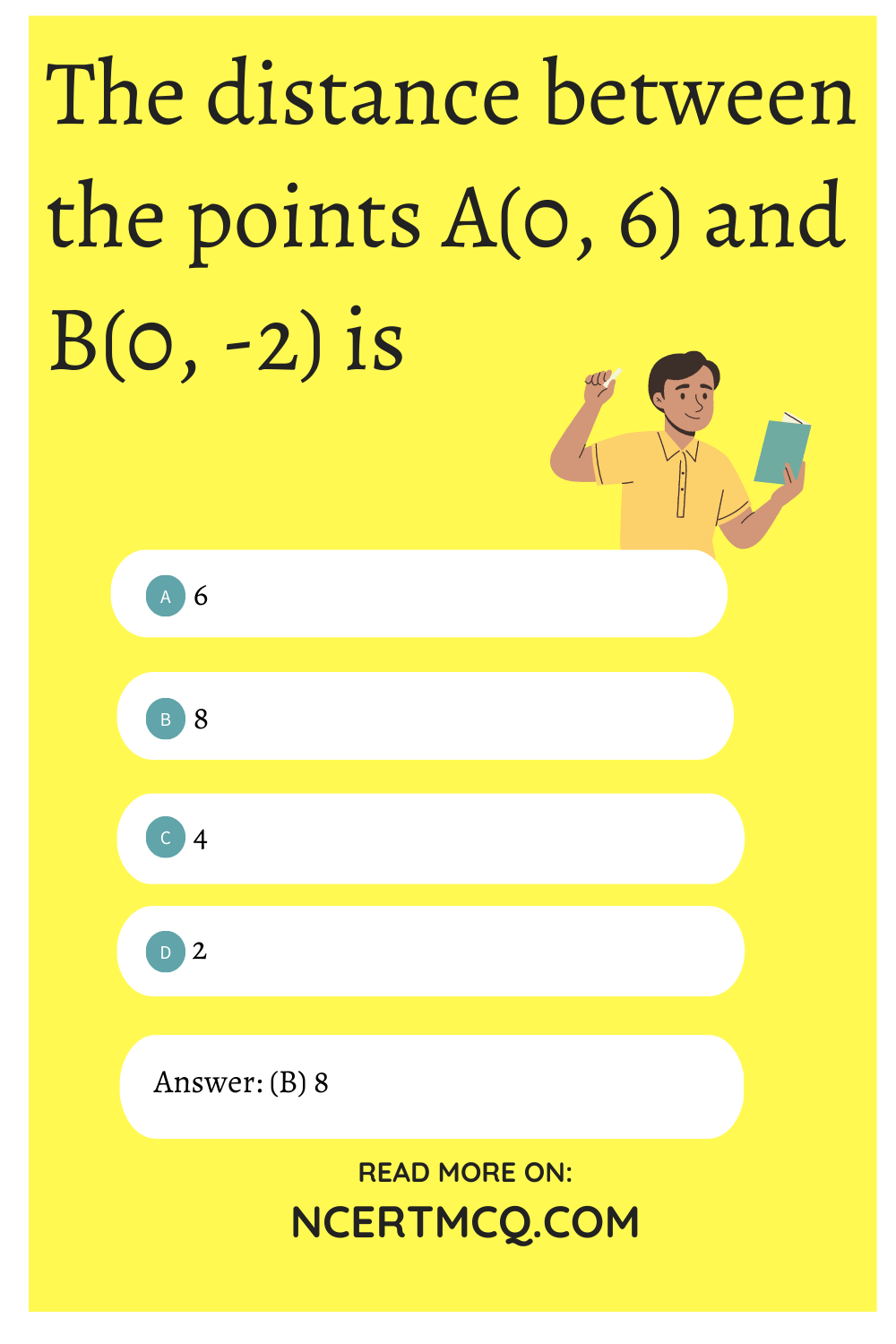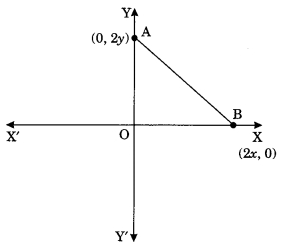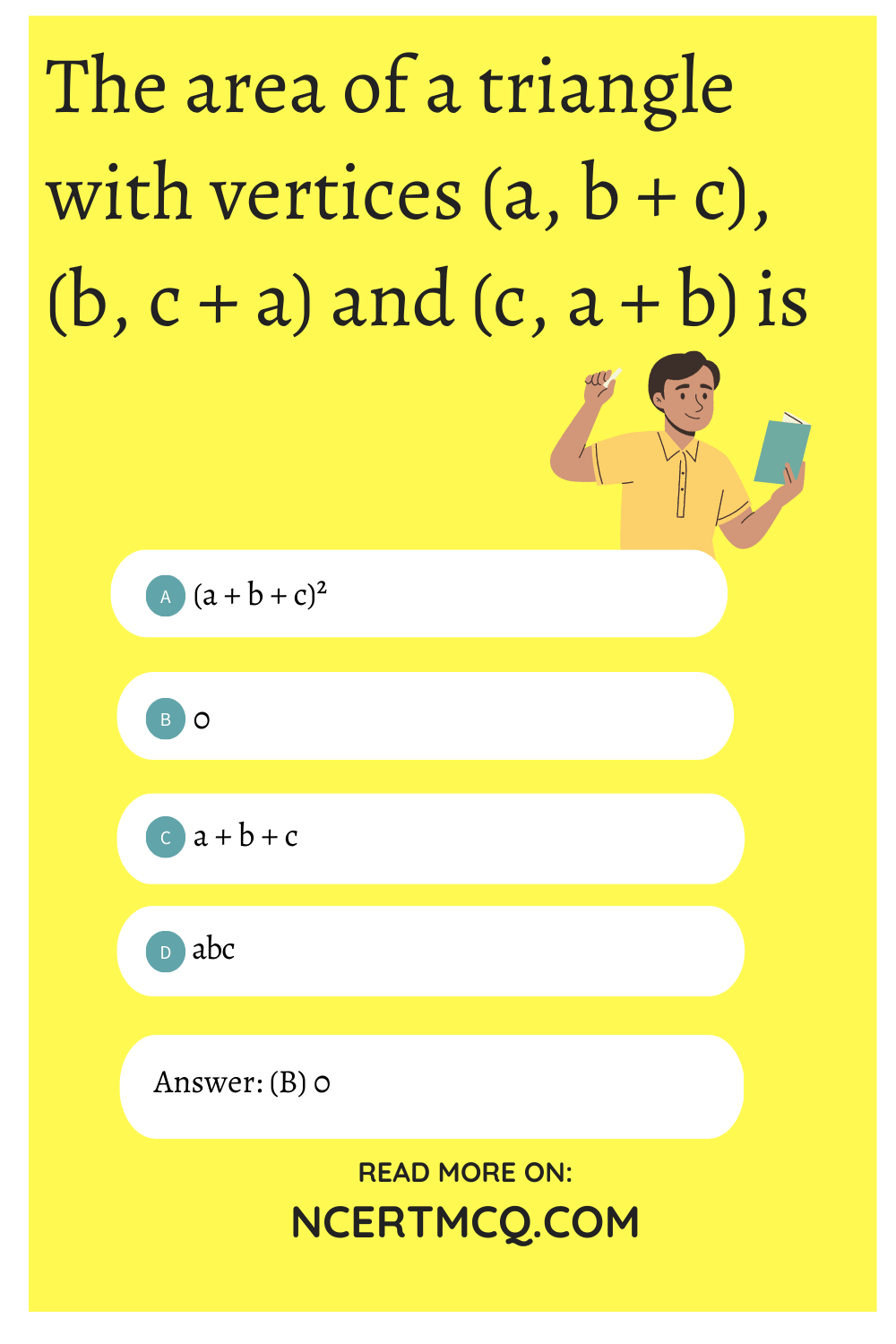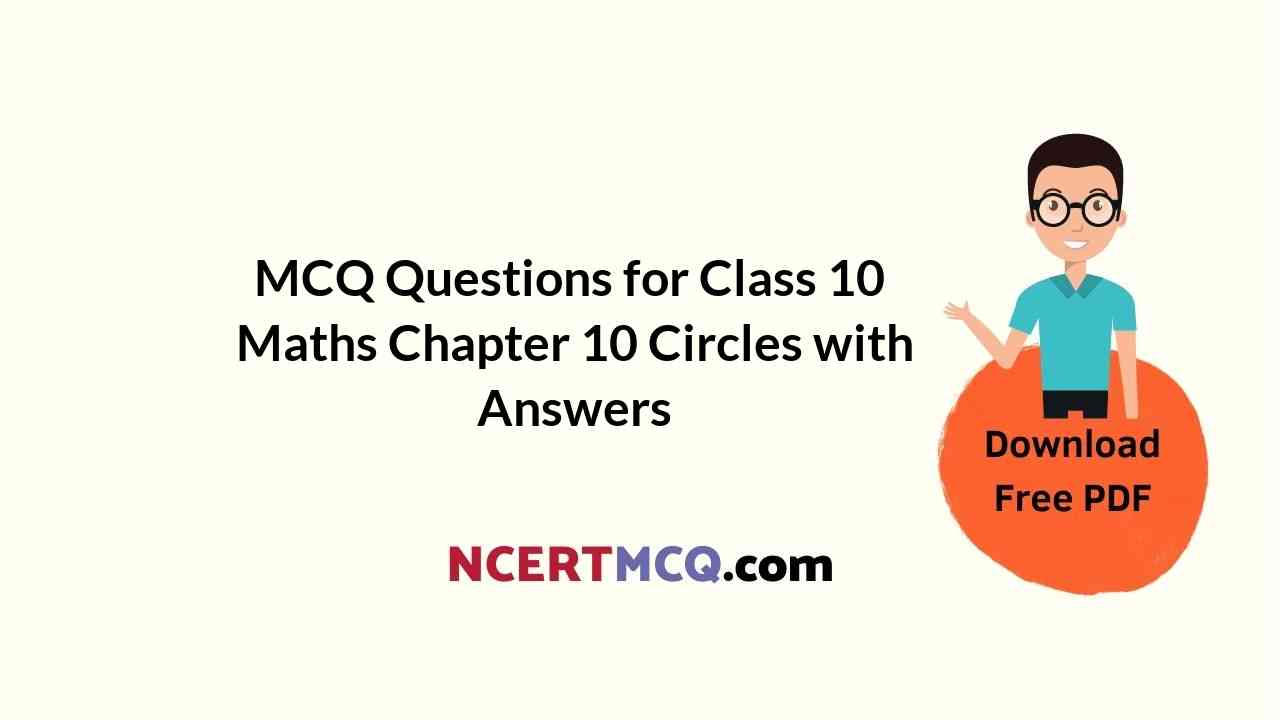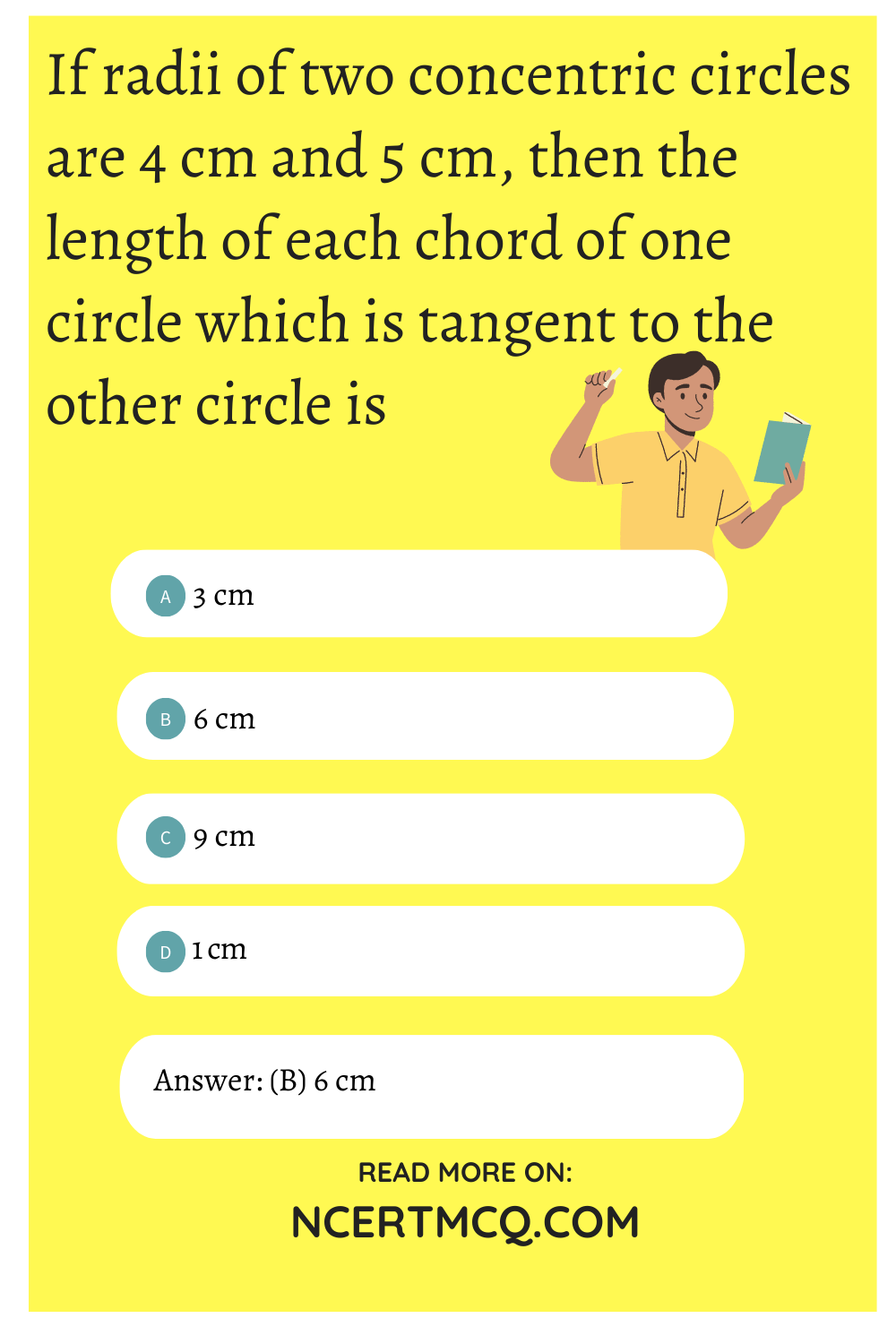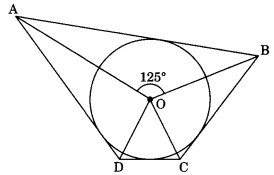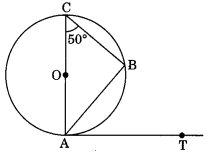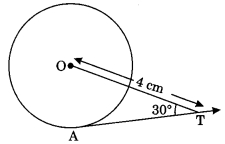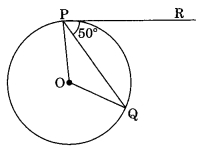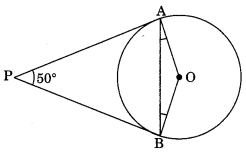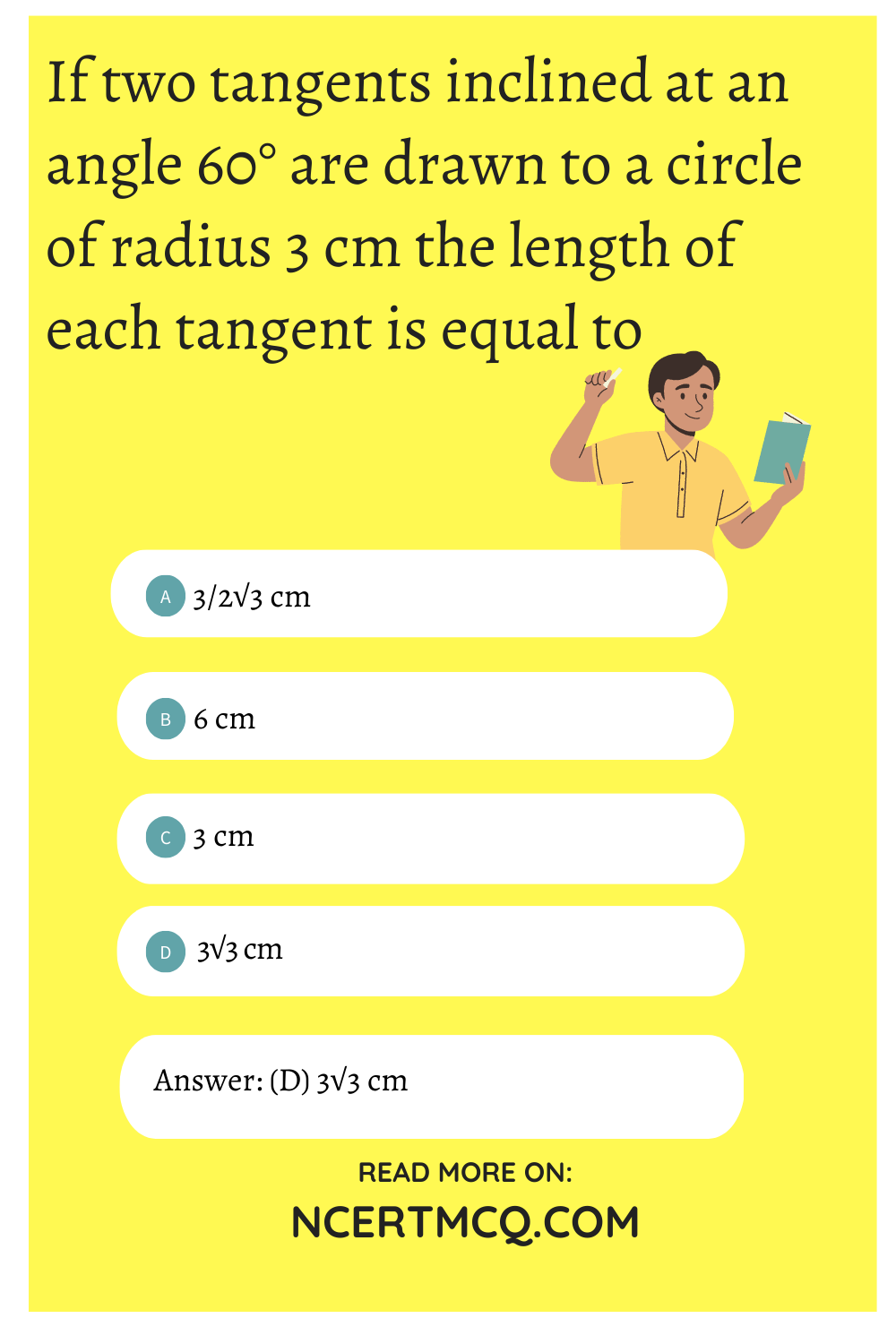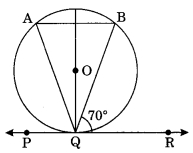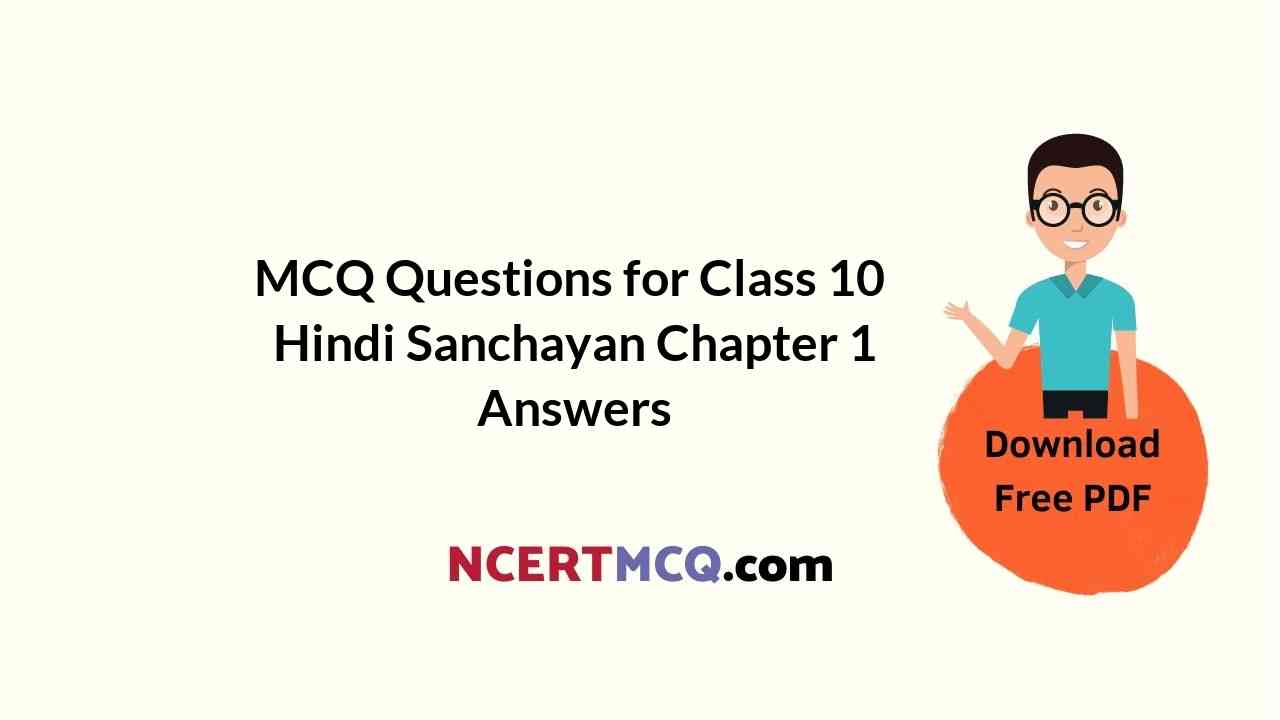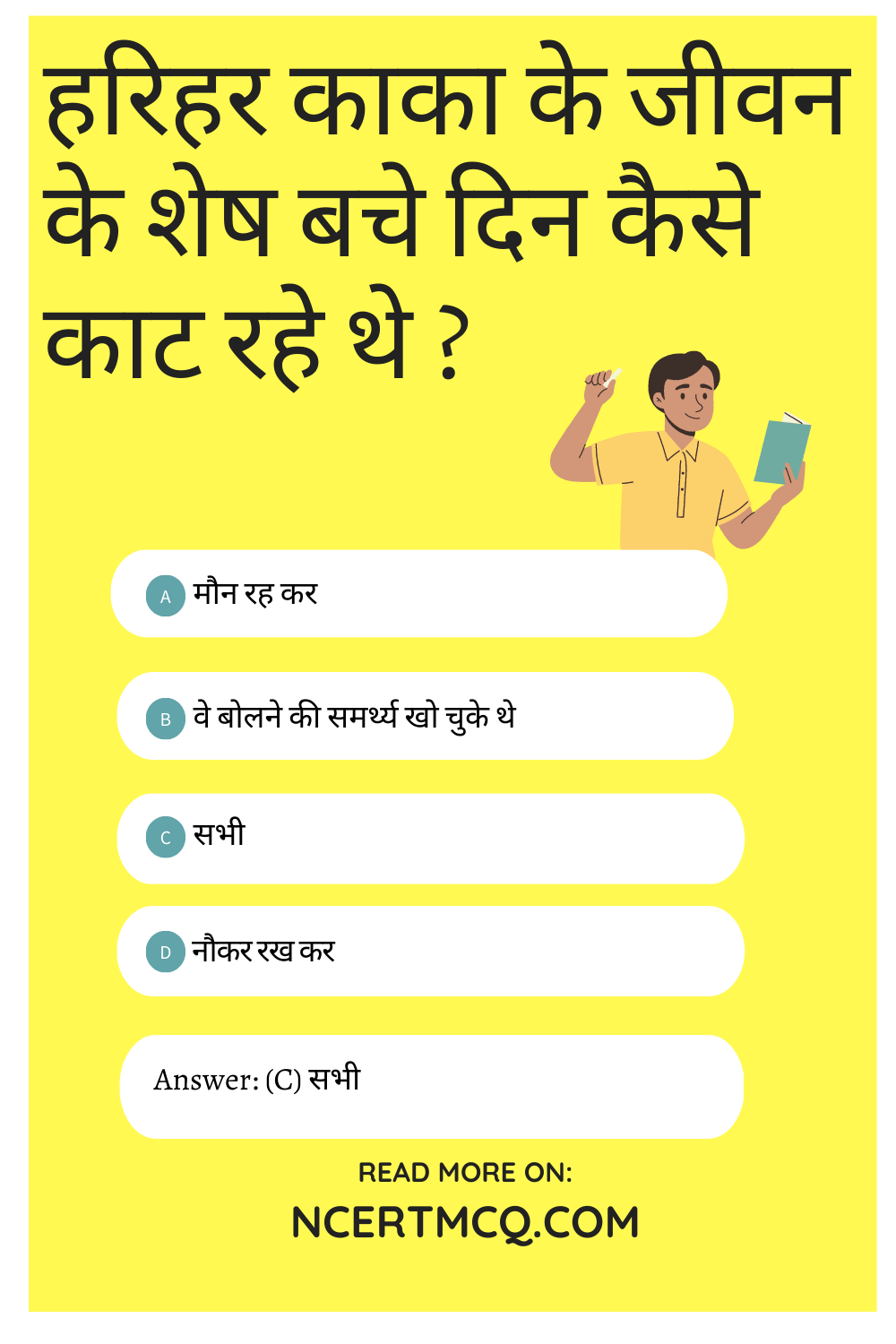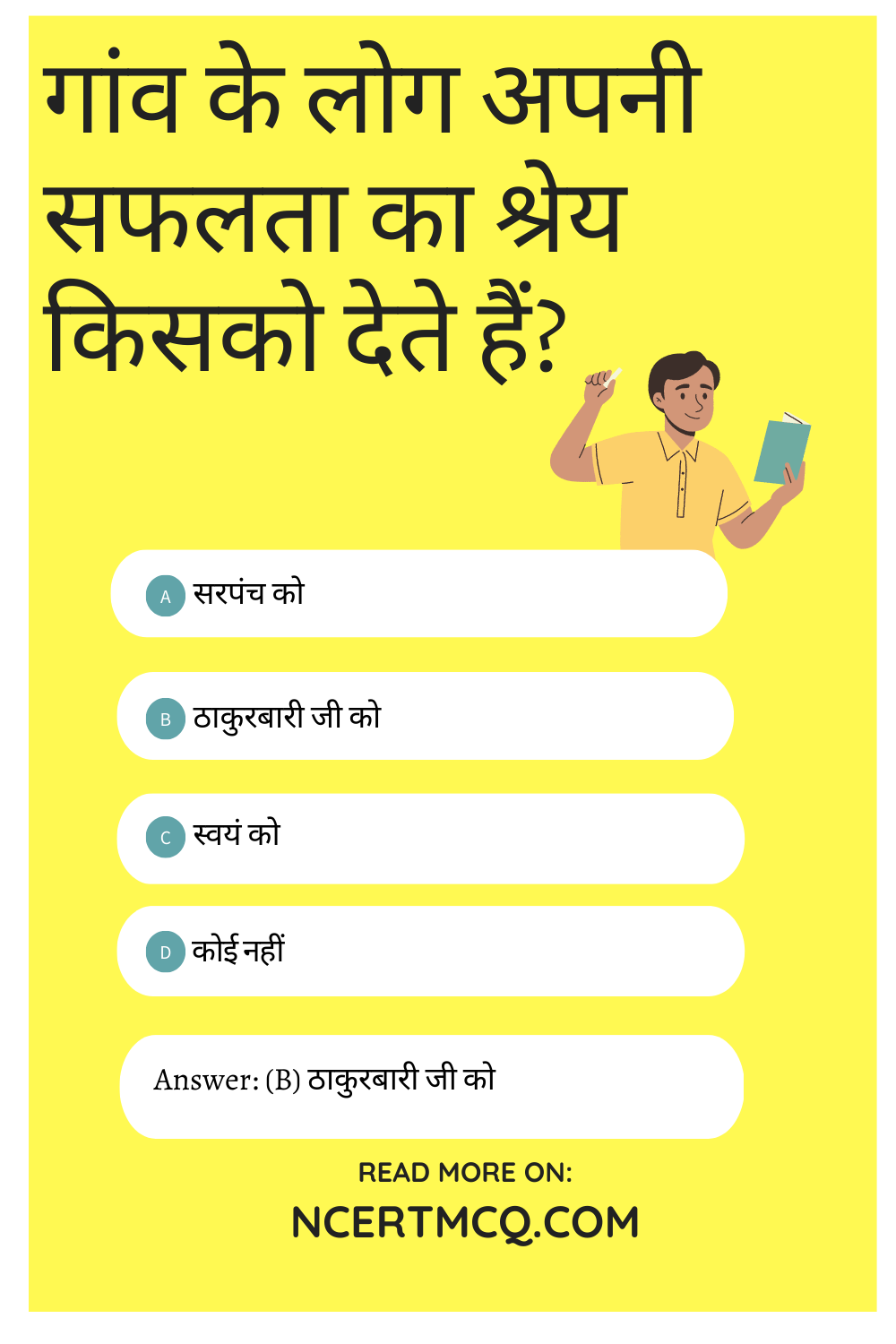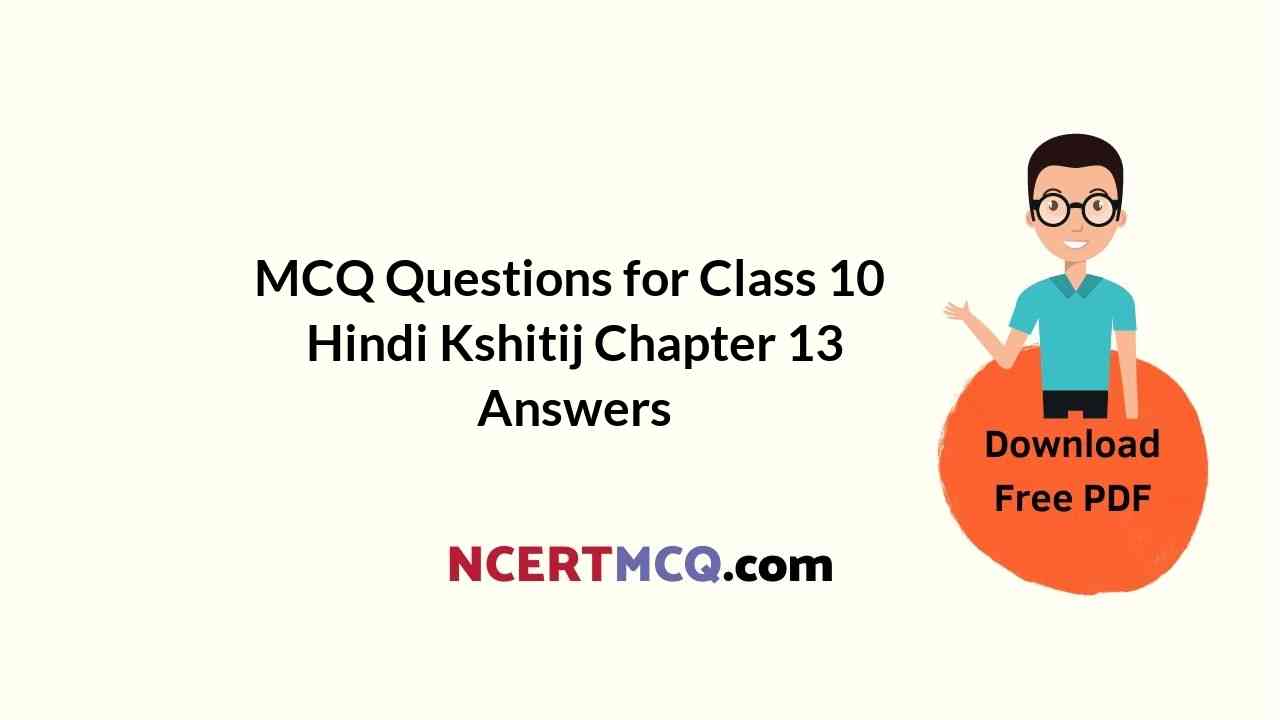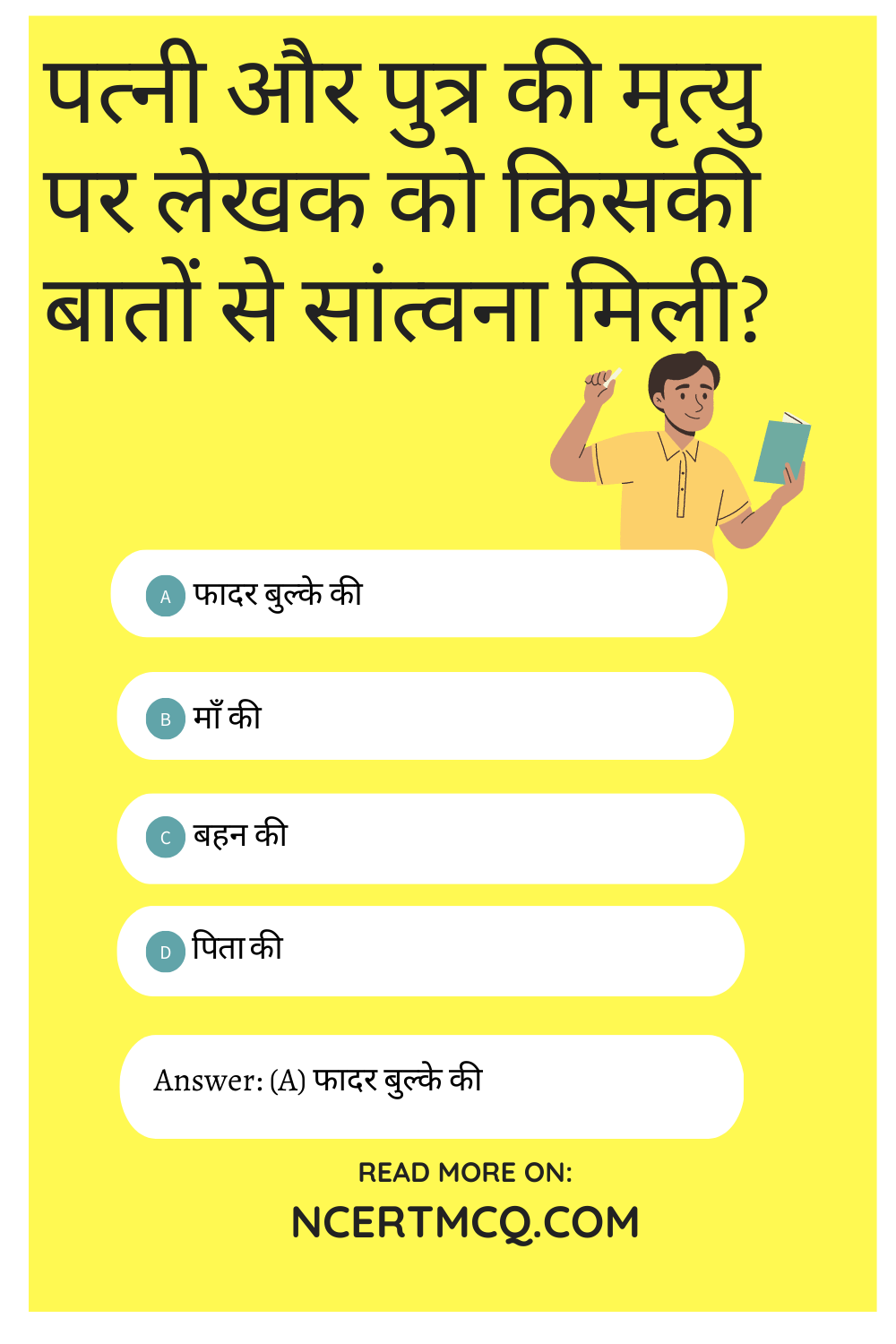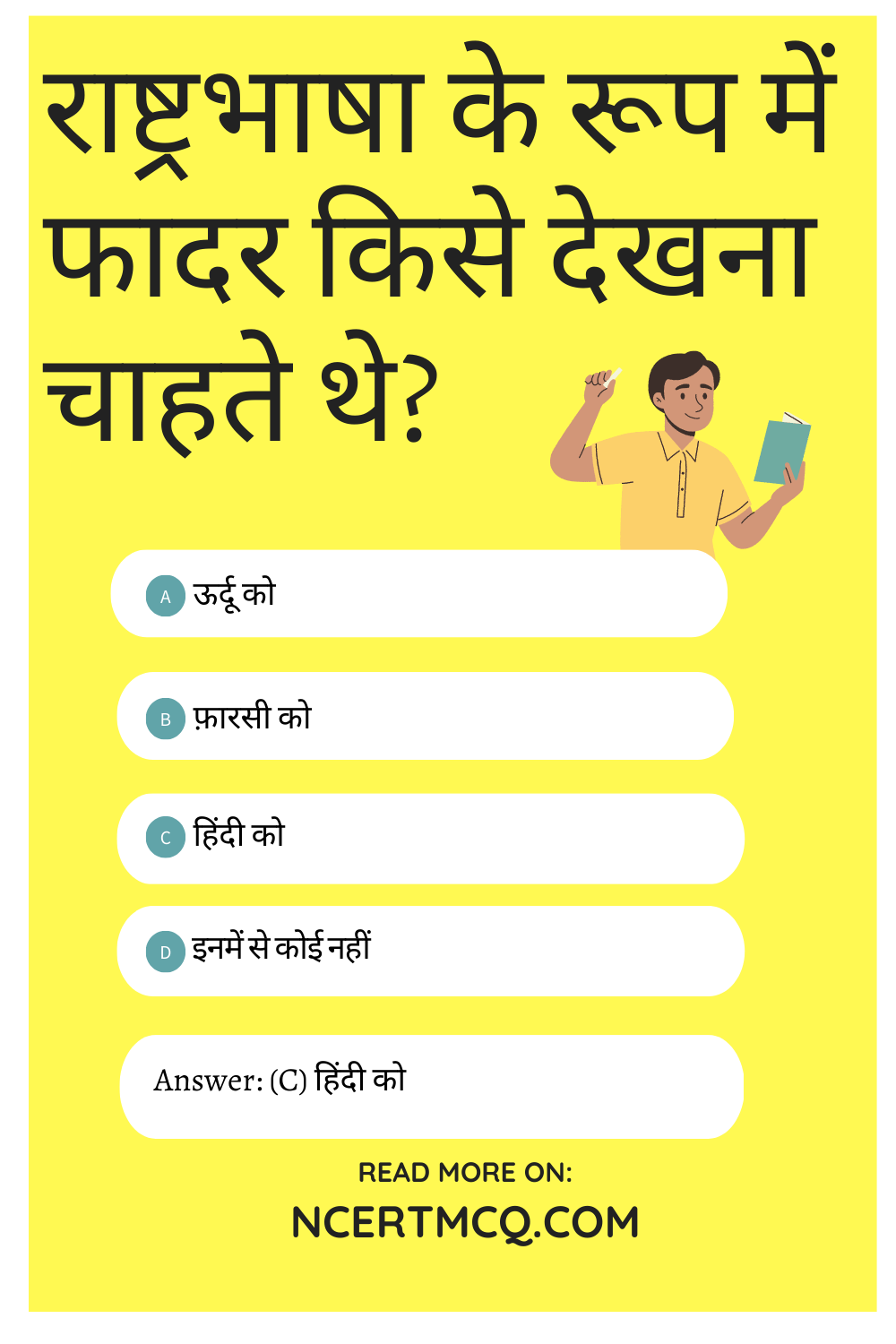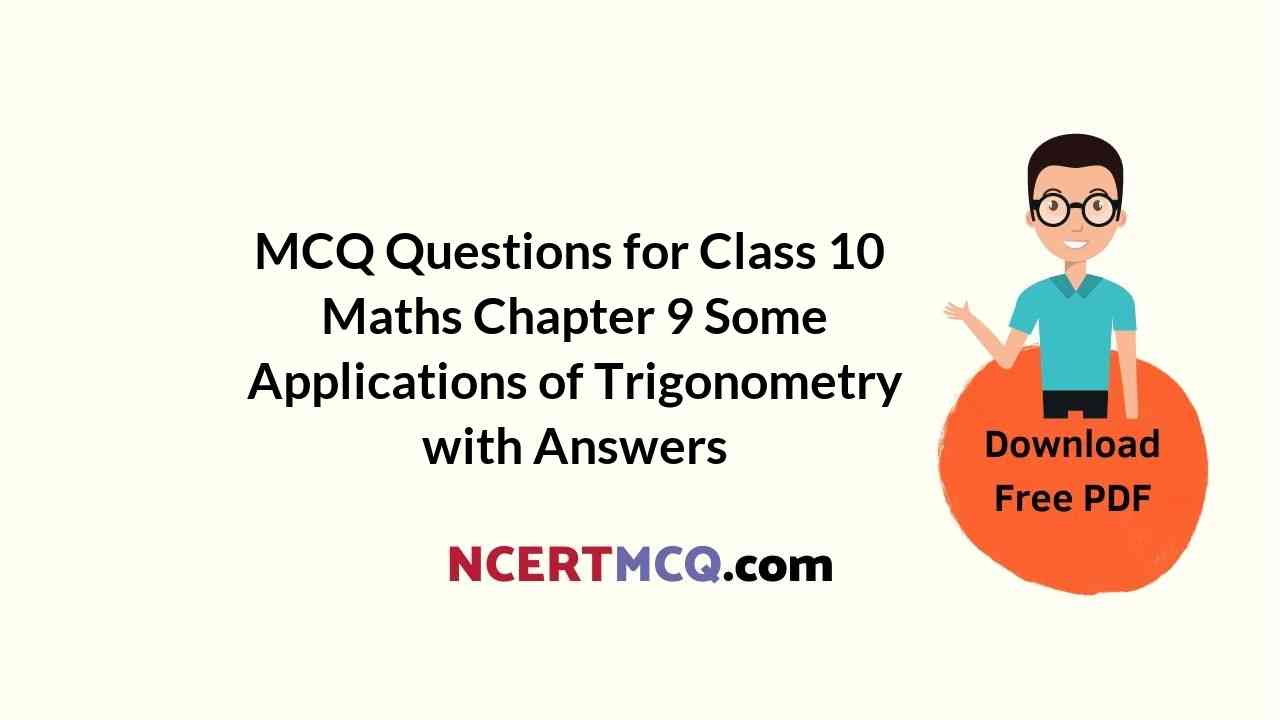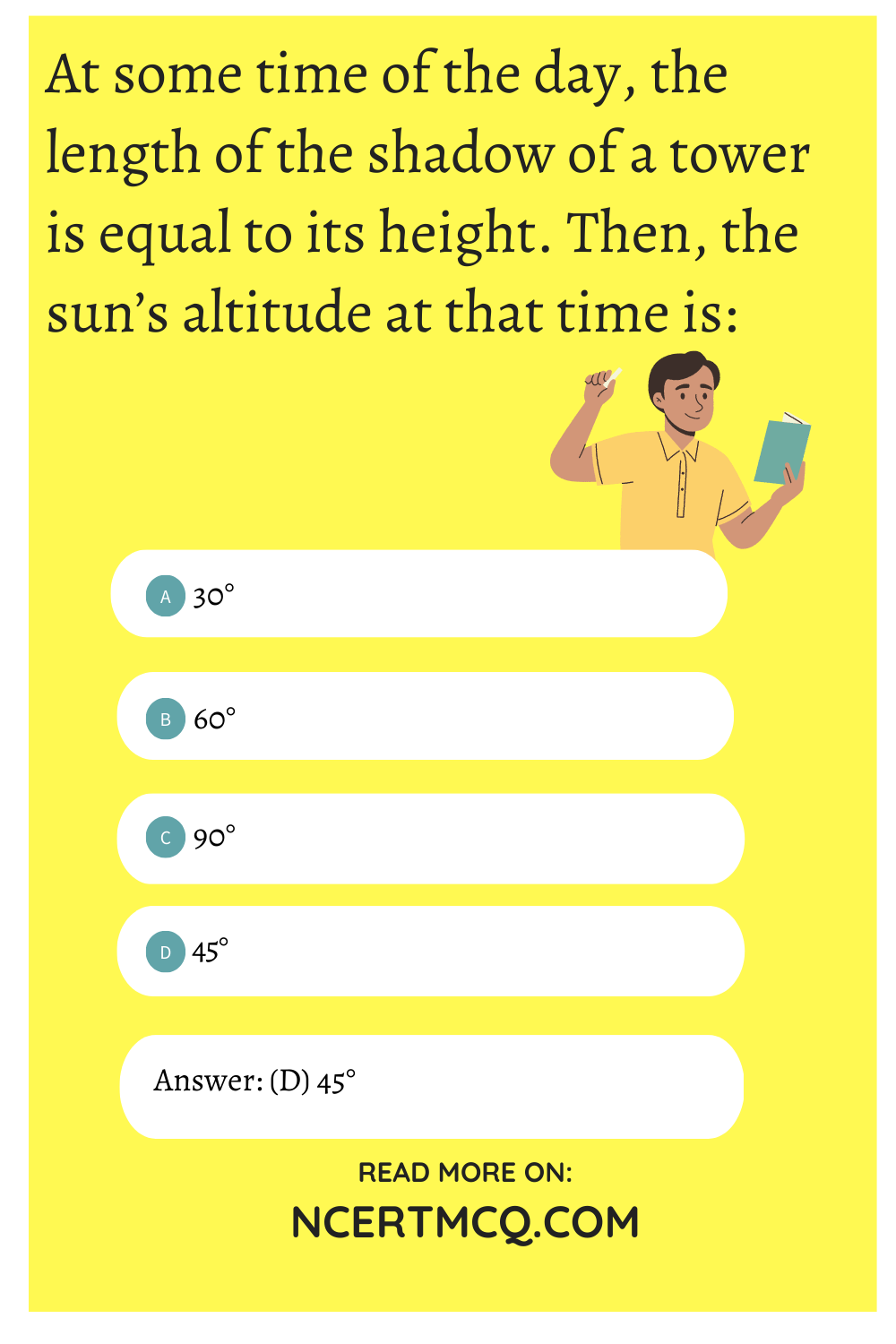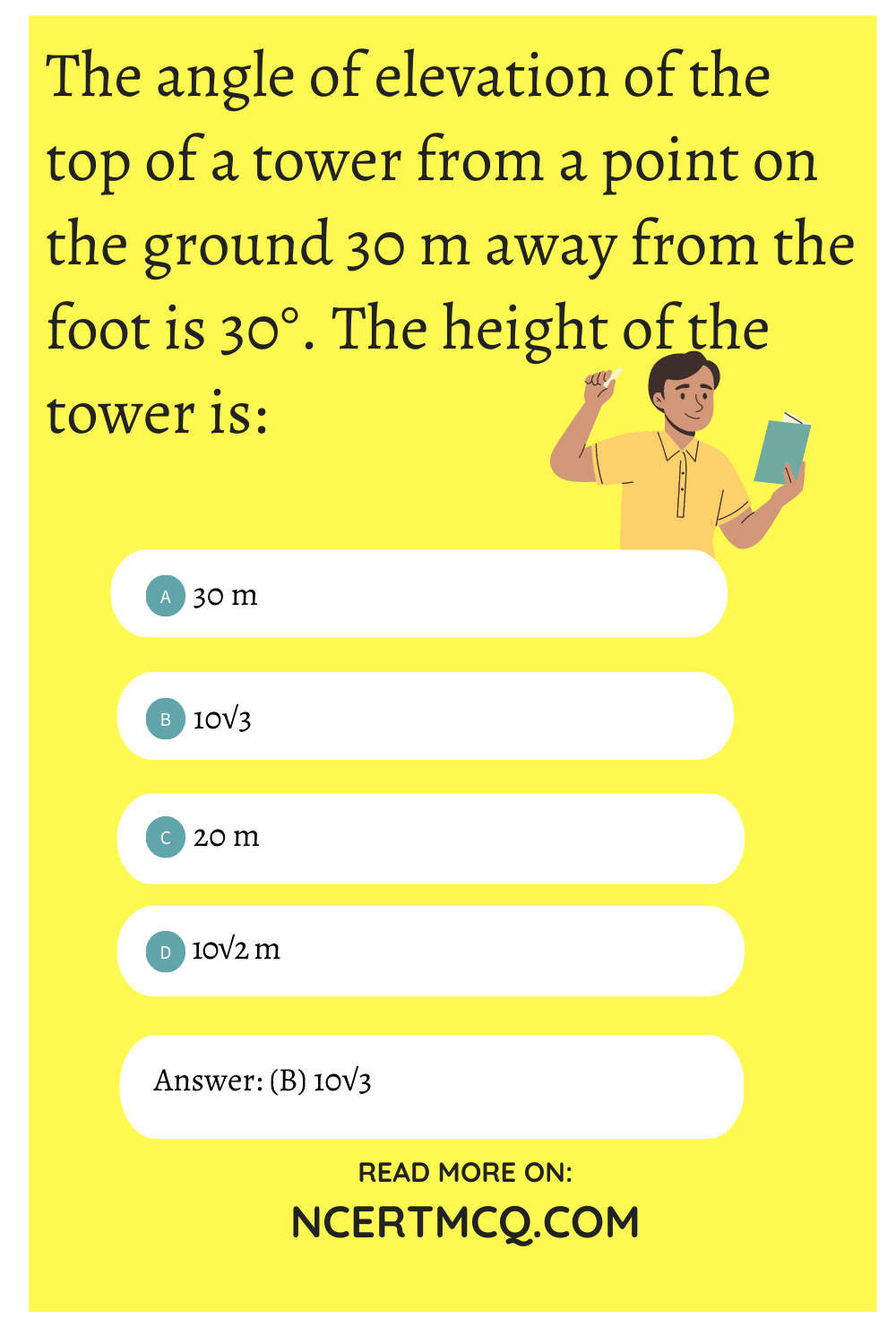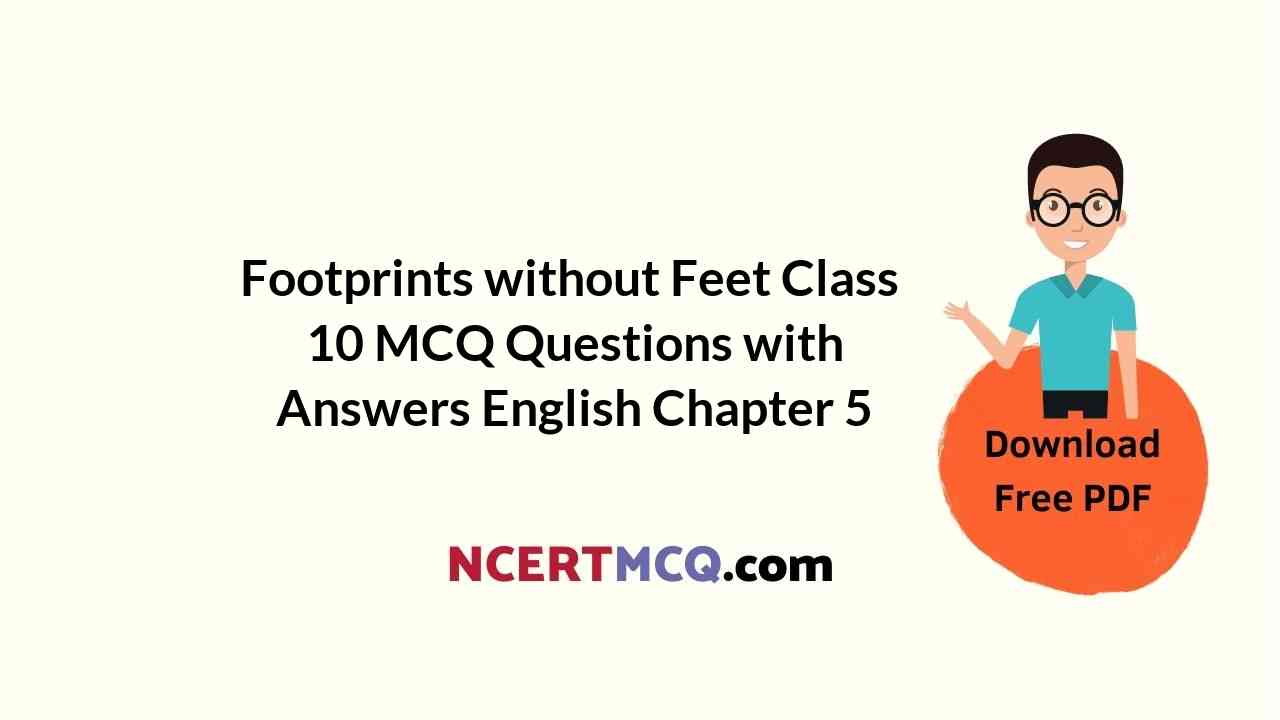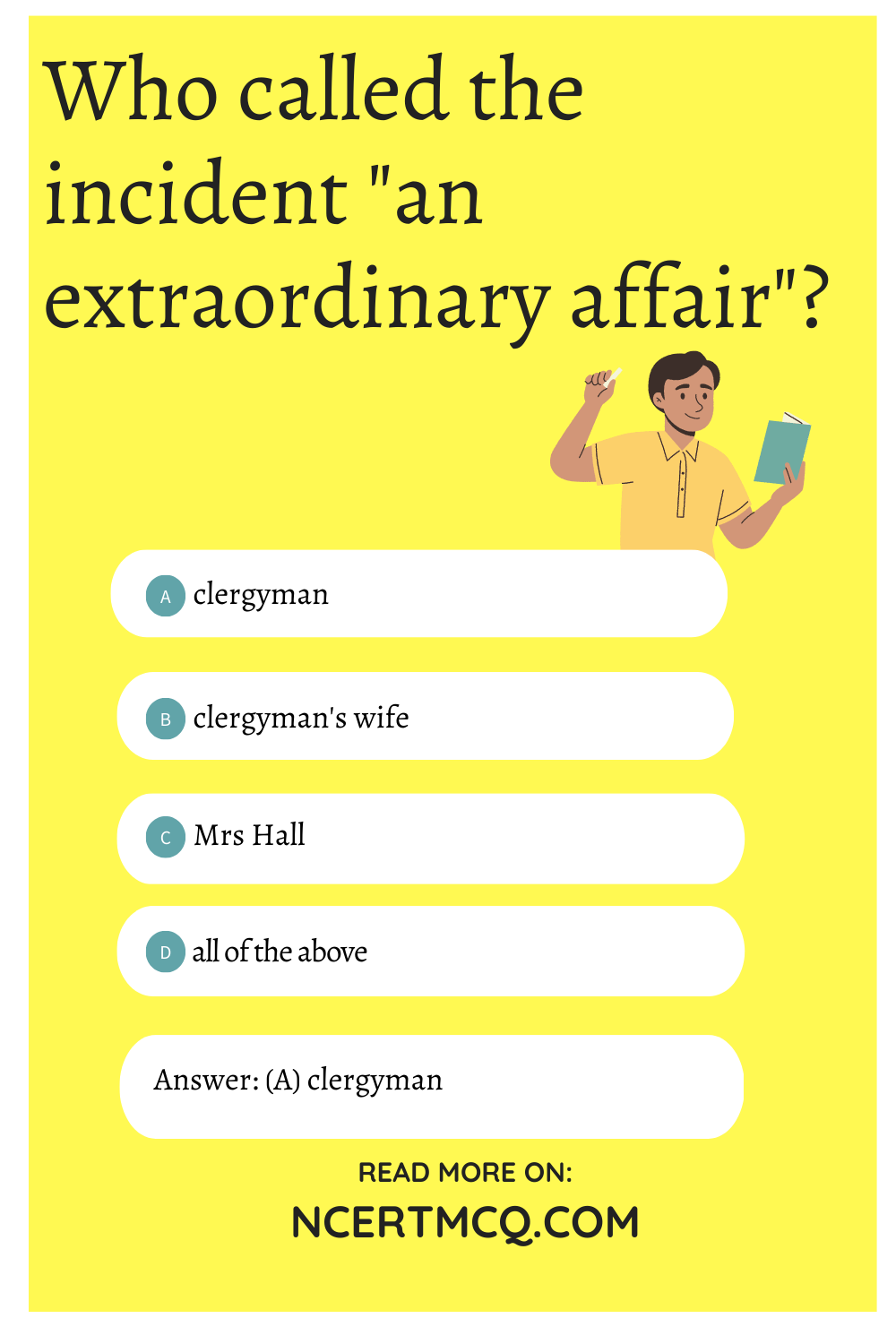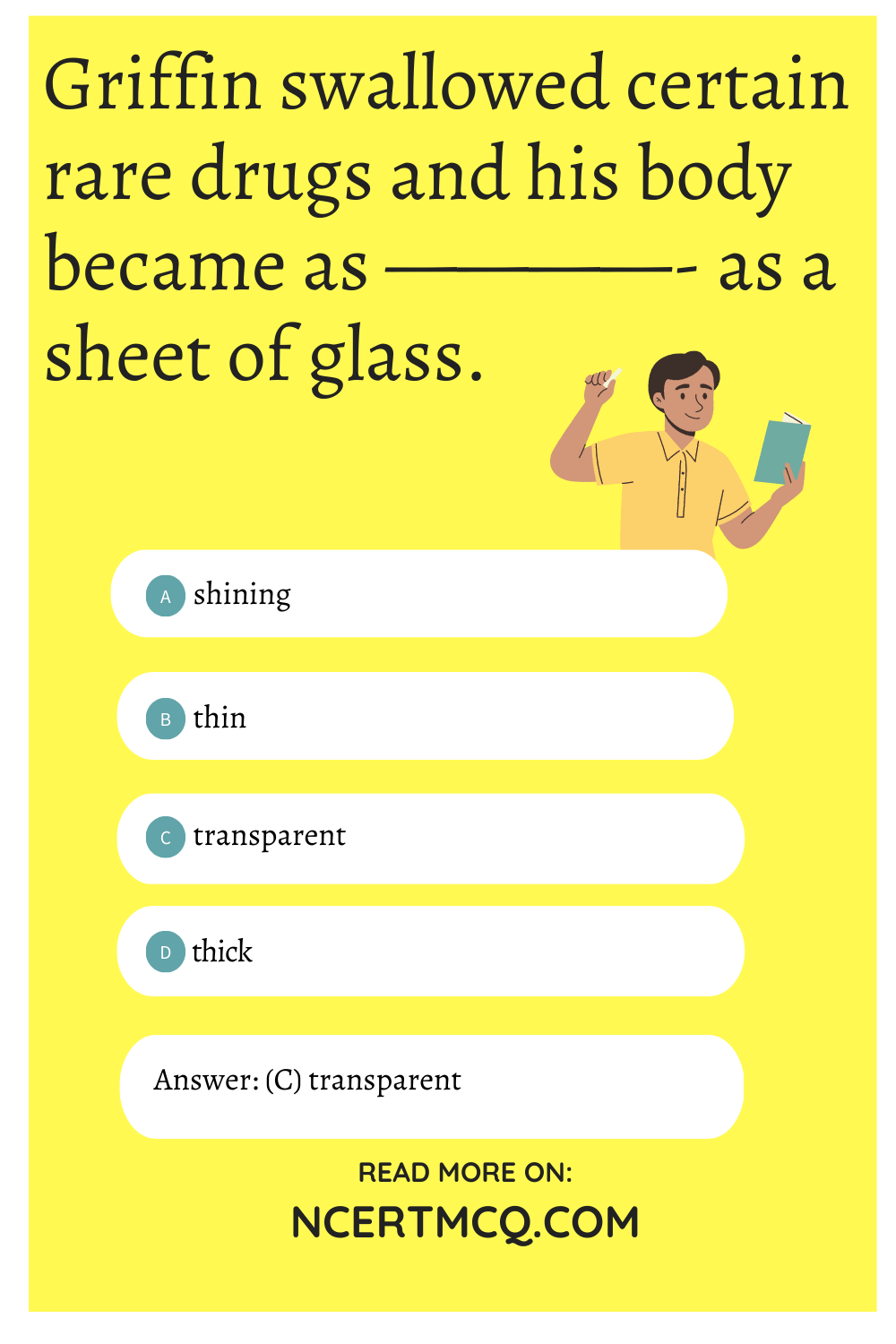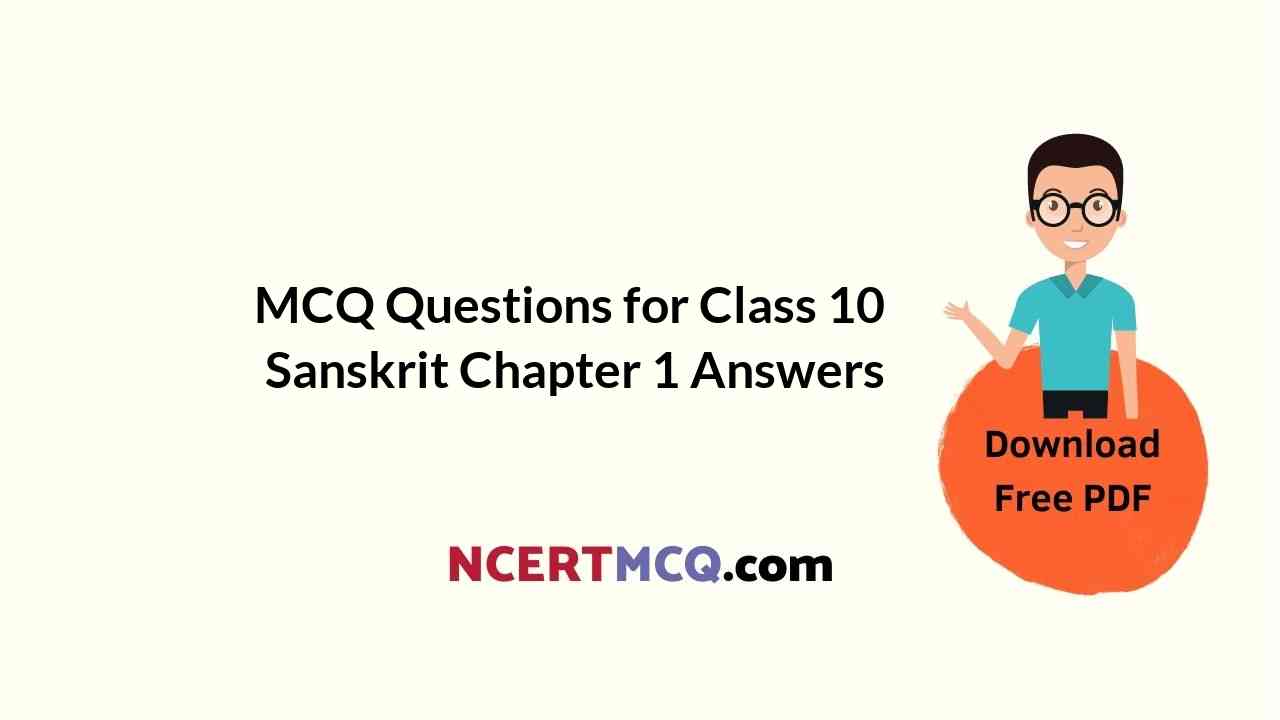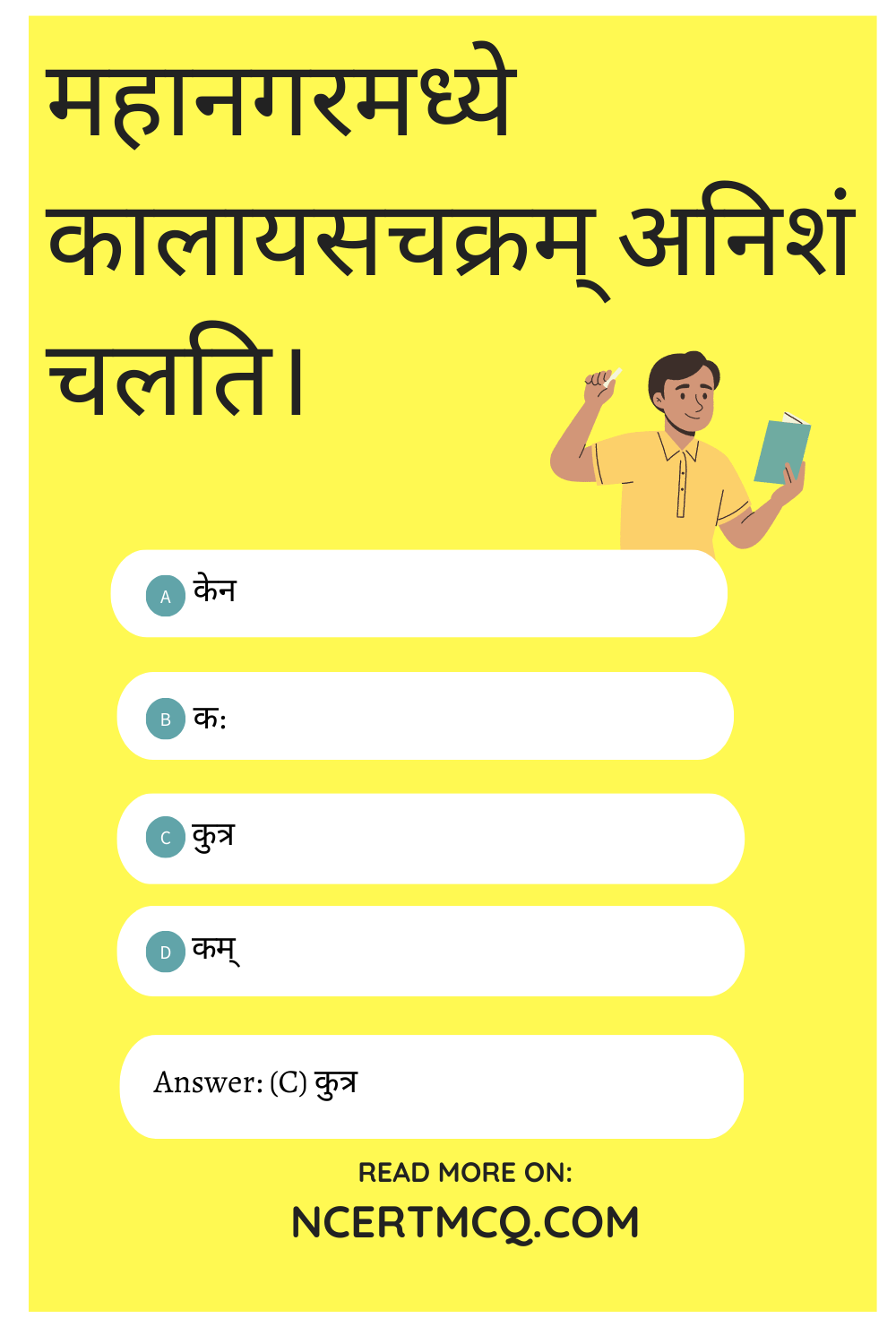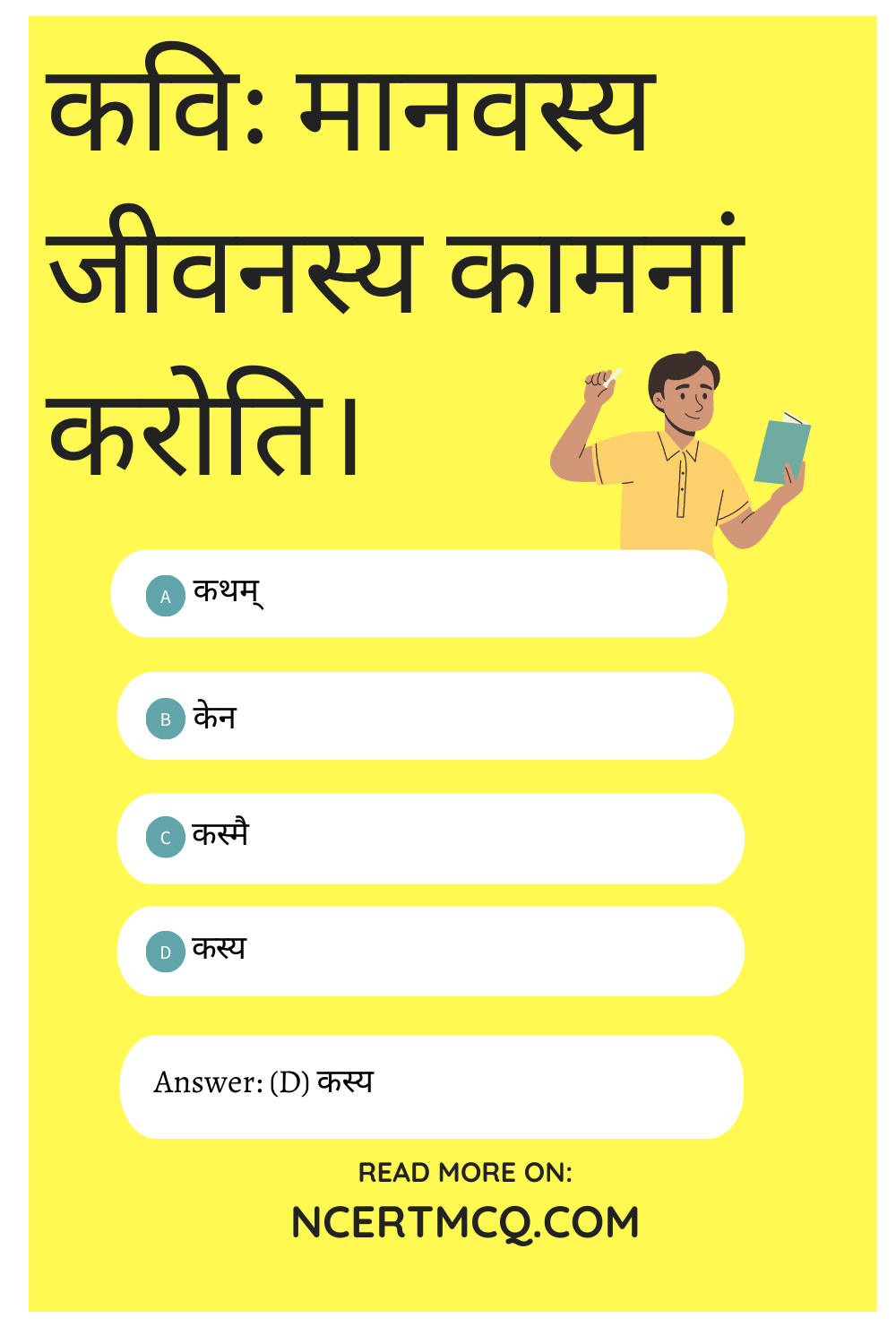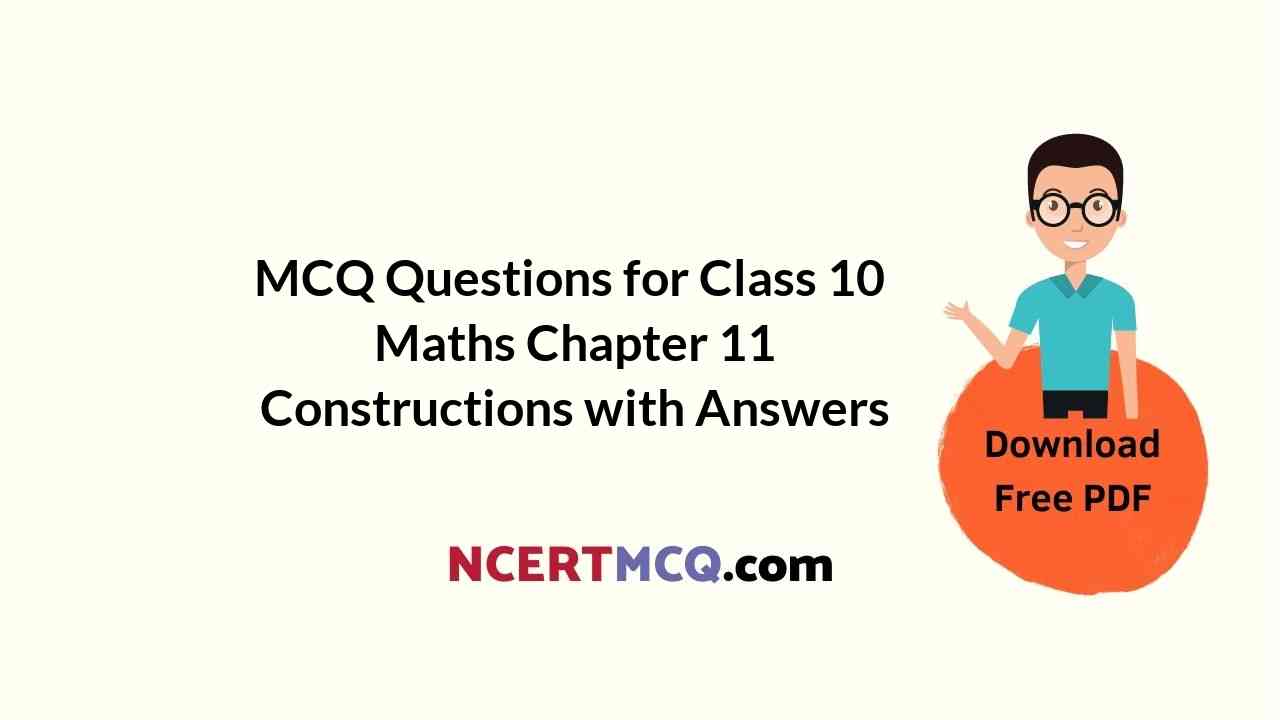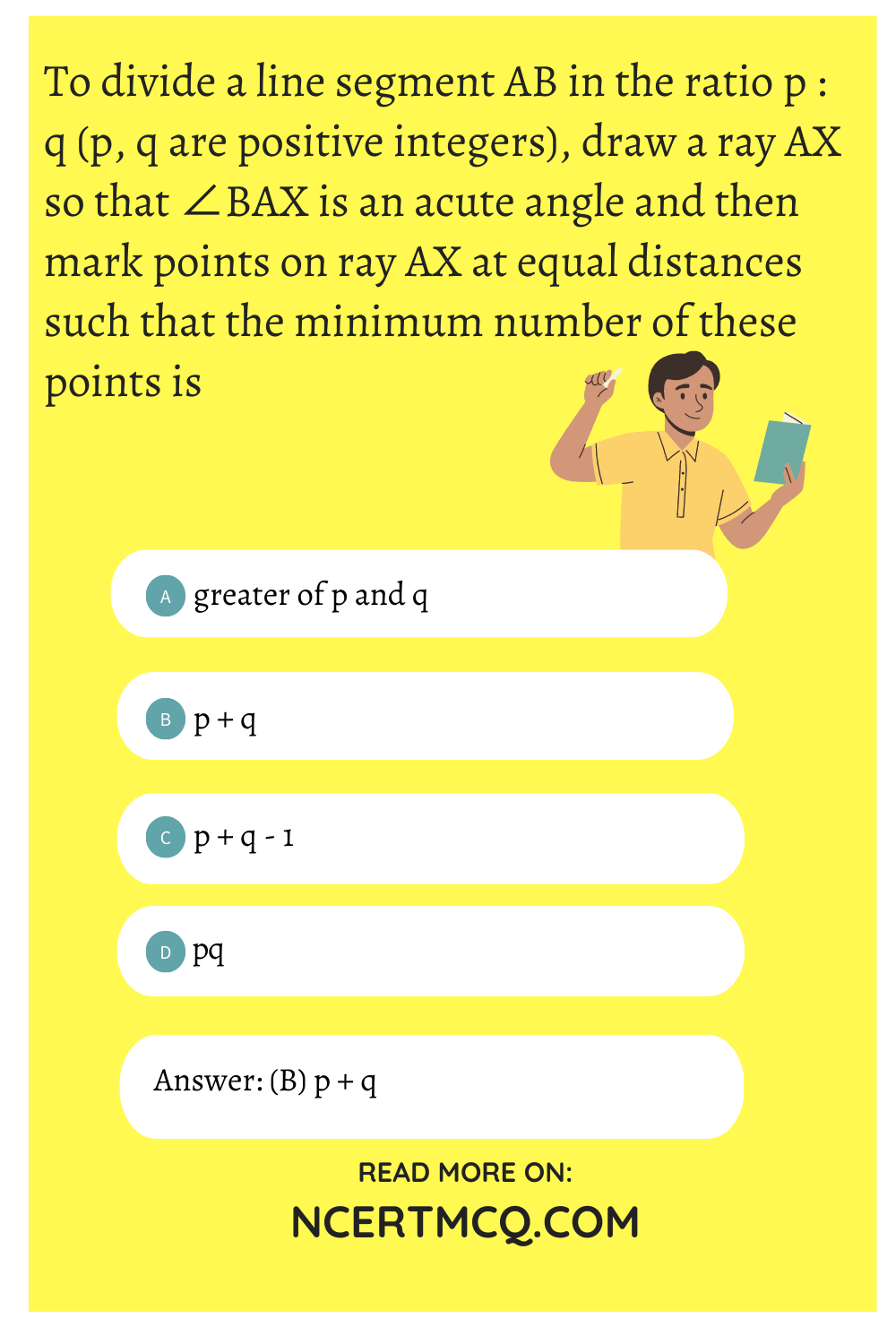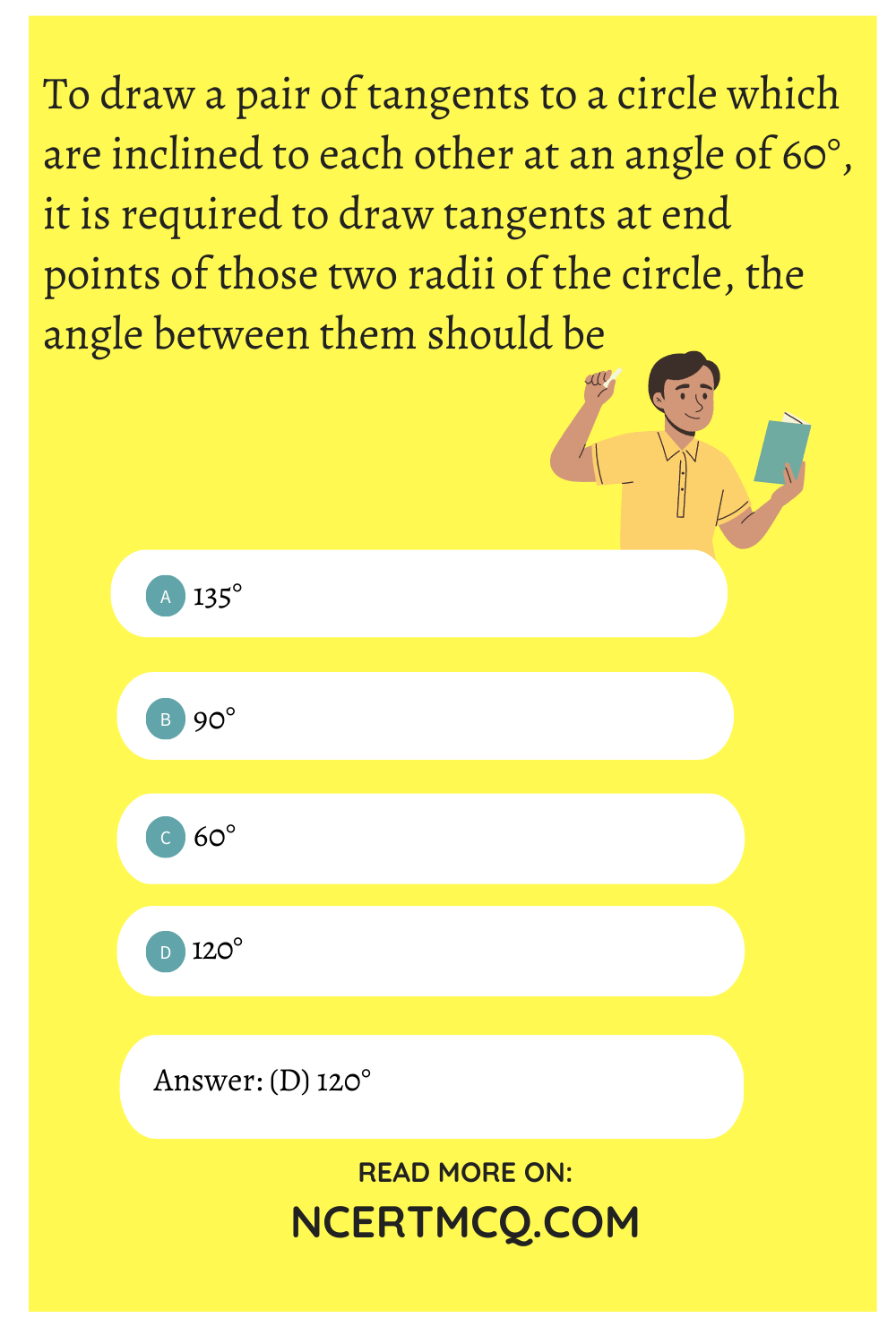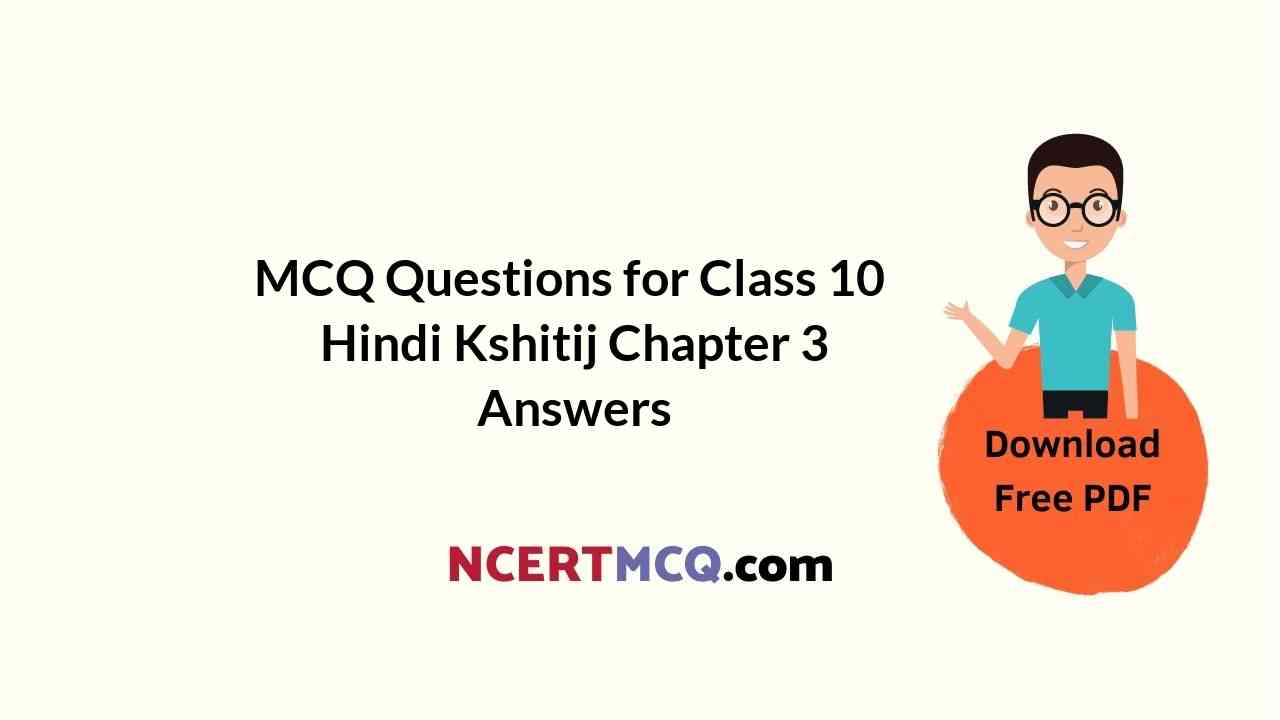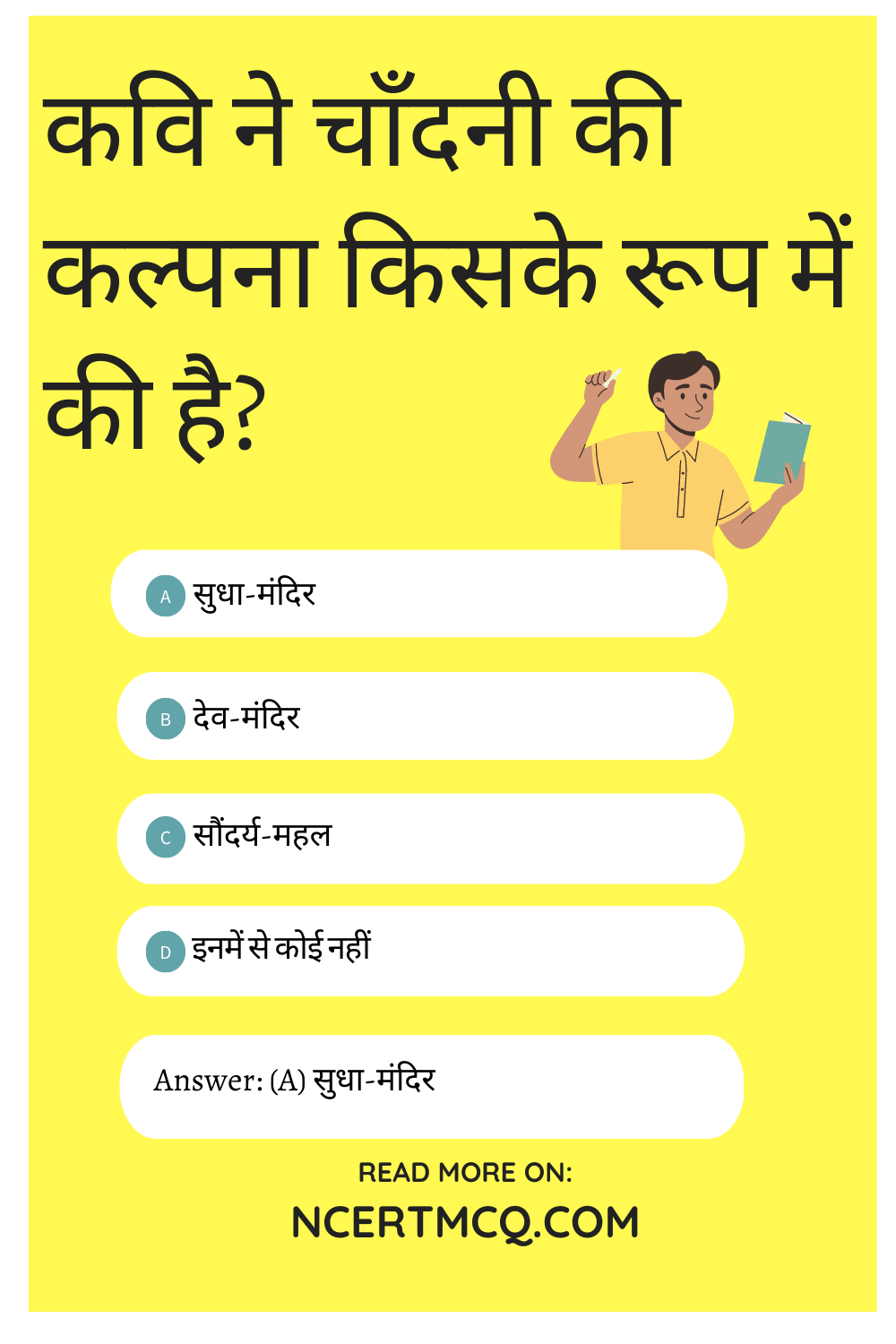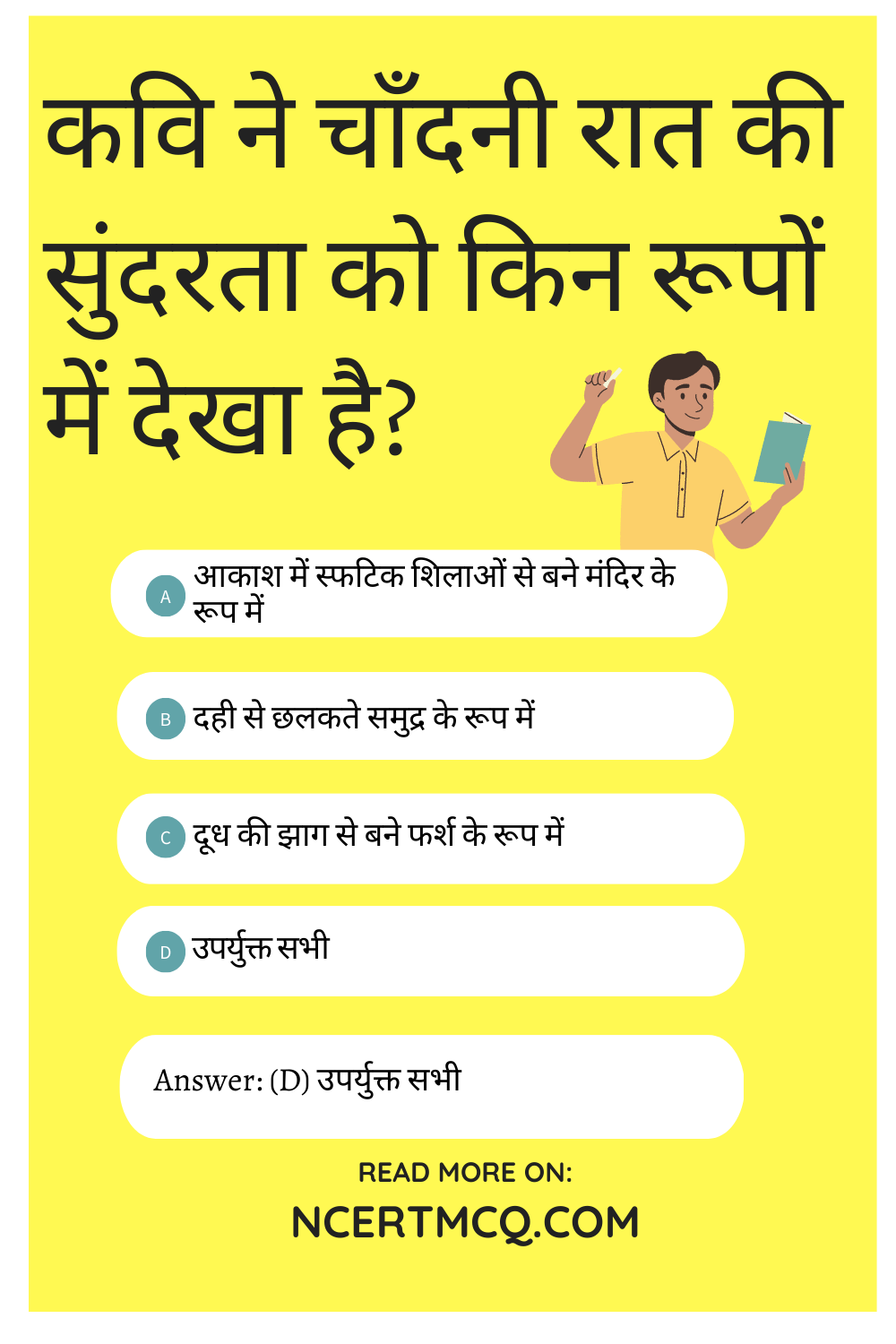Check the below Online Education NCERT MCQ Questions for Class 9 English Beehive Poem 5 A Legend of the Northland with Answers Pdf free download. MCQ Questions for Class 9 English with Answers were prepared based on the latest exam pattern. We have provided A Legend of the Northland Class 9 English MCQs Questions with Answers to help students understand the concept very well. https://ncertmcq.com/mcq-questions-for-class-9-english-with-answers/
MCQ Questions for Class 9 English Beehive Poem 5 A Legend of the Northland with Answers
A Legend Of The Northland MCQ Class 9 Question 1.
What happened to the old woman’s clothes ?
(a) They were burnt black as she went up through the chimney.
(b) They were lost in the wood.
(c) They were taken away by the thieves.
(d) They were torn by the wild animals.
Answer
Answer: (a) They were burnt black as she went up through the chimney.
A Legend Of The Northland Class 9 MCQ Question 2.
What curse did Saint Peter pronounce on the selfish woman?
(a) That she shall build her shelter as birds do.
(b) That she shall bore hard, dry wood for her scanty food.
(c) That she shall keep boring all day.
(d) All the above.
Answer
Answer: (d) All the above.
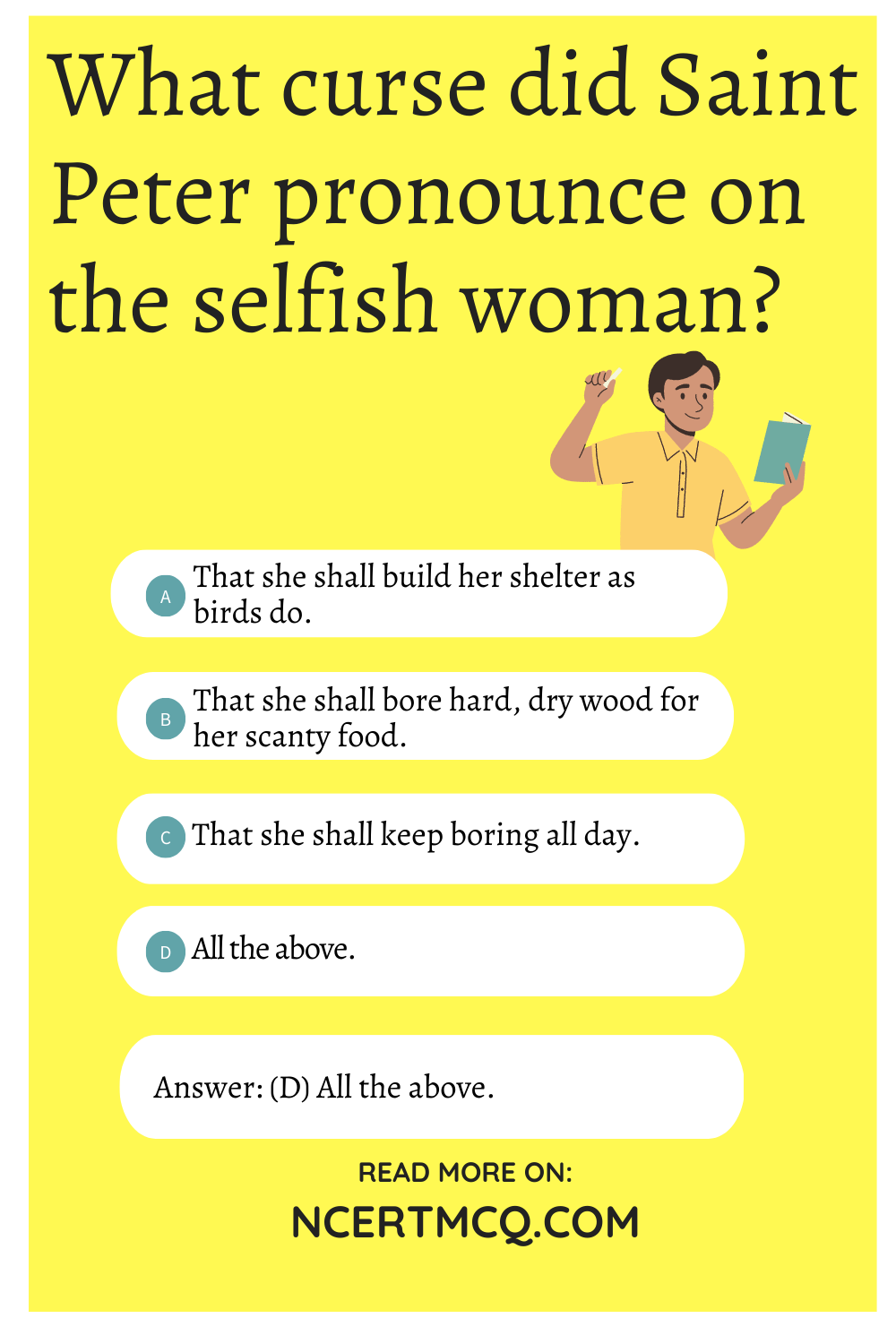
Legend Of Northland MCQ Class 9 Question 3.
What made Saint Peter angry?
(a) The woman’s greed.
(b) The woman’s selfishness.
(c) The woman’s pride.
(d) The woman’s kindness.
Answer
Answer: (b) The woman’s selfishness.
The Legend Of Northland Class 9 MCQ Question 4.
The little woman baked a cake for Saint Peter. Then why did she not give it to him?
(a) She thought it was too big to give away.
(b) She thought it was too small for the holy man.
(c) She thought the holy man won’t like it.
(d) She thought the cake was not tasty.
Answer
Answer: (a) She thought it was too big to give away.
A Legend Of Northland MCQ Class 9 Question 5.
What did Saint Peter ask for from the little woman?
(a) A single cake.
(b) A dozen cakes.
(c) A loaf of bread.
(d) Something to eat.
Answer
Answer: (a) A single cake.
The Legend Of The Northland MCQ Class 9 Question 6.
What was the little woman doing when Saint Peter went to her?
(a) She was eating cakes.
(b) She was giving away cakes to the poor.
(c) She was making and baking cakes.
(d) She was putting cakes on the shelf.
Answer
Answer: (c) She was making and baking cakes.
Legend Of Northland Class 9 MCQ Question 7.
How do the children wearing furry clothes look?
(a) They look like little pups.
(b) They look like foxes.
(c) They look like fawns.
(d) They look like bear’s cubs.
Answer
Answer: (d) They look like bear’s cubs.
Legend Of The Northland MCQ Class 9 Question 8.
Why can’t people sleep the winter nights through in Northland?
(a) Because the nights are too short there.
(b) Because the nights are too long there.
(c) Because it is all the time night there.
(d) Because there is no night there.
Answer
Answer: (b) Because the nights are too long there.
Class 9 English The Legend Of Northland MCQ Question 9.
Where is Northland situated?
(a) It is near Scotland.
(b) It is in Holland.
(c) It is an island of New Zealand.
(d) It is an island of Ireland.
Answer
Answer: (c) It is an island of New Zealand.
Class 9 A Legend Of The Northland MCQ Question 10.
What was the selfish woman changed into?
(a) Into a fox.
(b) Into a crow.
(c) Into an eagle.
(d) Into a woodpecker.
Answer
Answer: (d) Into a woodpecker.
Class 9 The Legend Of Northland MCQ Question 11.
Where did the story of this poem occur?
(a) Switzerland
(b) Scotland
(c) Northland
(d) Netherland
Answer
Answer: (c) Northland
Legend Of The Northland Class 9 MCQ Question 12.
What is the rhyming scheme of the poem?
(a) 4-lined stanzas with abcd rhyming scheme
(b) 3 lined stanzas with aabc
(c) 5 lined stanzas with abbcc
(d) None
Answer
Answer: (a) 4-lined stanzas with abcd rhyming scheme
Class 9 English A Legend Of The Northland MCQ Question 13.
Quote examples of Alliteration used in the poem.
(a) tell the tales to you
(b) faint with fasting
(c) cakes that seem too small
(d) all
Answer
Answer: (d) all
MCQ Of Legend Of Northland Class 9 Question 14.
Which literary device has been used in this poem?
(a) irony
(b) alliteration
(b) personification
(c) all
Answer
Answer: (b) alliteration
A Legend Of The Northland MCQ Test Class 9 Question 15.
What made St. Peter angry with the woman?
(a) her cakes
(b) she made a thin cake for him
(c) her greedy actions
(d) All
Answer
Answer: (c) her greedy actions
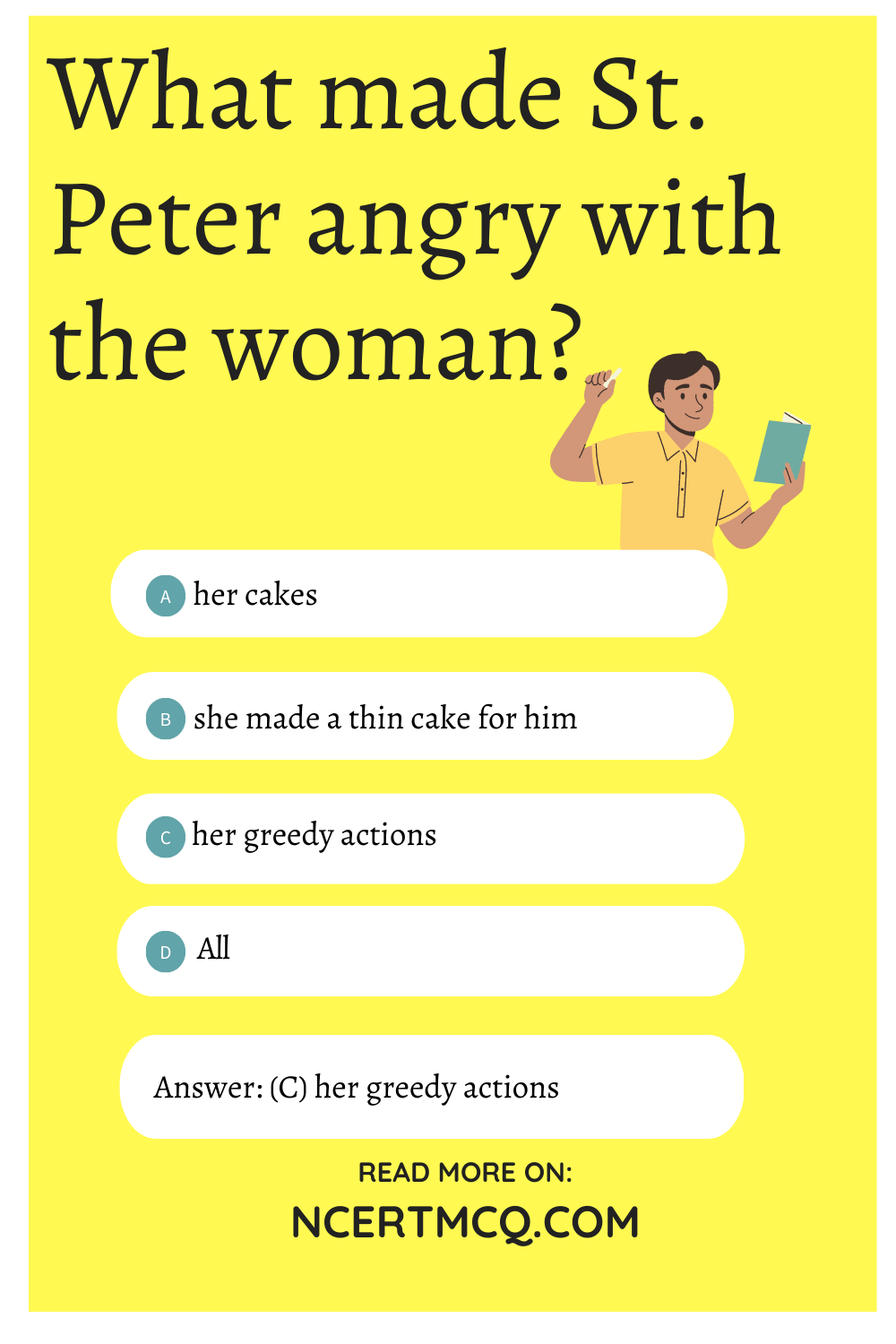
We hope the given NCERT MCQ Questions for Class 9 English Beehive Poem 5 A Legend of the Northland with Answers Pdf free download will help you. If you have any queries regarding CBSE Class 9 English Poem A Legend of the Northland MCQs Multiple Choice Questions with Answers, drop a comment below and we will get back to you soon.
